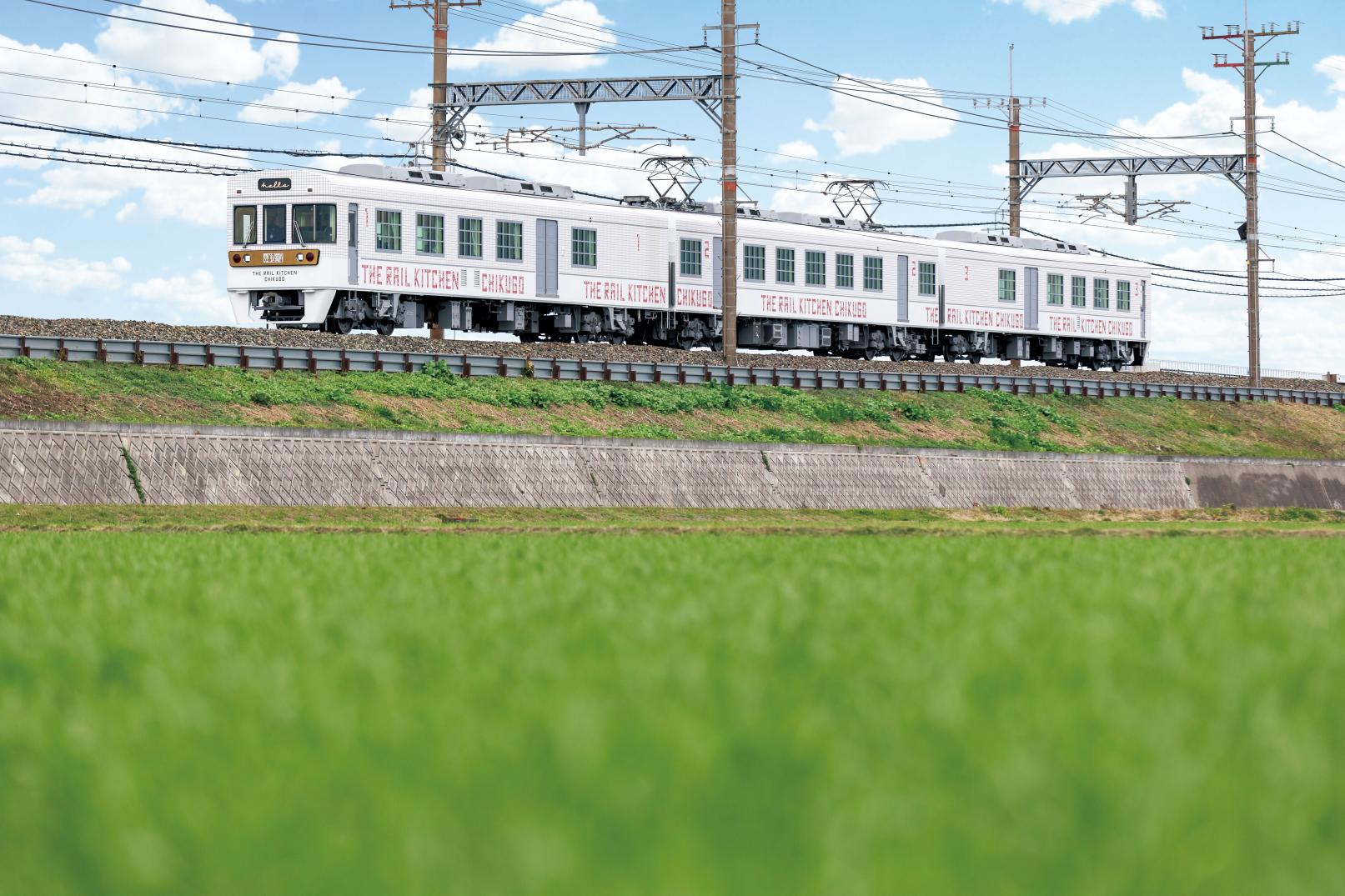
Exploring Food Culture of the Chikugo Region in Fukuoka Prefecture
Fukuoka Prefecture is an excellent destination for foodies looking to broaden their tastes with exquisite local cuisine. The southern Japanese sun, fertile ground, and mild climate have allowed local food culture to blossom in the Chikugo Region in south Fukuoka Prefecture, where the cuisine celebrates bountiful harvests of fresh seafood, fruits, and vegetables. There are countless ways to enjoy eating in Chikugo, from aboard a train carrying you across the idyllic countryside, on a boat moving gently down the river, to sitting in a restaurant with recipes that are hundreds of years old. And while the region isn’t well known to visitors outside of Japan, it is truly a treasure trove of mouthwatering cuisine you can’t miss!
All Aboard The Rail Kitchen Chikugo
What better way to immerse yourself in an area than to enjoy its natural scenery and local cuisine at the same time? The Rail Kitchen Chikugo offers passengers just that! Traditionally, trains are a way to connect places and people, but The Rail Kitchen Chikugo is not simply a train ride to take you from point A to point B. Instead, the concept behind this special sightseeing train is to connect people to places, things, and experiences and to create a unique path to discovery. Departing from Fukuoka (Tenjin) Station in the heart of Fukuoka City, this accessible and intriguing experience is not to be missed!
Immerse Yourself in Chikugo Culture and Cuisine
The Rail Kitchen Chikugo is a delight for the senses. The sound of the train chugging along, the feeling of woven fabric and smooth ceramic plates, and the spectacular views on the other side of the windows. Perhaps most important are the aroma of cooking and the taste of local seasonal dishes that you will enjoy as you traverse the southern Japanese countryside.
The Nishitetsu railway company created this experience to offer passengers a fully immersive dive into the culture of the Chikugo area. Not only does the food served on the train use locally grown ingredients, but the interior spaces are also decorated with traditional crafts made by Chikugo craftspeople.
Look up at the ceiling, and you will see strips of bamboo woven together by skilled workers in Yame City. Local artisans also make the plates that your food is served on in Asakura City’s Koishiwara District, famous nationwide for its Koishiwara ware ceramics. Even the train workers who welcome you aboard are wearing uniforms made from Kurume Kasuri fabric that has been produced in the region for many years.
Thus, the Rail Kitchen Chikugo ties together an assortment of regional crafts that have been handed down for generations and food culture to create an experience like no other.
So, how do you ride this extraordinary sightseeing train? The Rail Kitchen Chikugo has three cars and can seat 52 passengers, so you will have to make reservations in advance. The train operates on Thursdays, Fridays, weekends, and holidays, with the option of “Early Lunch” that departs and later returns to Fukuoka (Tenjin) Station or “Late Lunch” that departs from Fukuoka (Tenjin) Station and stops at Yanagawa Station before arriving at Omuta Station. The journey will take from 2 hours and 20 minutes to around 3 hours depending on the day of the week and if you book the Early or Late Lunch. The experience is priced at 11,800 yen per person, which includes the meal and the train fare.
The Bounty of Chikugo Agriculture
After experiencing the mouthwatering goodness of Chikugo cuisine aboard The Rail Kitchen Chikugo, you may be wondering where all of those ingredients come from. Since ancient times, the Chikugo area has utilized a variety of natural resources that have allowed industries such as forestry, fishing, and agriculture to develop and thrive.
Fukuoka’s range of natural features, such as the Mino Mountains, the Chikugo River, and the Chikugo Plains, have also supported the development of a unique local culture within the prefecture. In addition, the Ariake Sea on the southern coast of Fukuoka, surrounded by Saga, Nagasaki, and Kumamoto Prefectures, is well endowed with many types of seafood. Seaweed, crab, and oyster are only the tip of the culinary iceberg that this southern sea has to offer.
Strawberry Picking at Uruu Farm Strawberries
Fruit picking is a popular and laid-back activity that’s great for families traveling in the Chikugo region. It celebrates the region’s famed agricultural products and allows for hands-on fun and a delicious slice of the local food culture. Uruu Farm Strawberries has been welcoming visitors since 2018 to enjoy its delicious “Amao” and “Kaorino” strawberries. You can make your way through 22 greenhouses filled with lush green plants and enjoy the sweet, delicate fragrance of the berries while you snack.
Uruu Farm Strawberries is certified as a “Special Cultivation” farm by Fukuoka Prefecture, referring to a farming method that uses 50% or less agricultural chemicals than are normally used in the area. Only around 1% of farmers in Fukuoka Prefecture have this certification, highlighting Uruu Farm Strawberries’ safe cultivation methods. You can even eat the strawberries without washing them while picking or sit down to enjoy strawberry daifuku and sweets that use “Amao” and “Kaorino” strawberries.
Uruu Farm Strawberries is located in Kurume City, a quick train journey from Fukuoka City. The farm is accessible by foot (around 16 minutes) from Daizenji Station on the Nishitetsu Tenjin-Omuta Line or by bus and a short 8-minute walk. Daizenji Station is only a 14-minute ride from Nishitetsu Kurume Station.
Forty minutes of picking and eating strawberries will cost 2,200 yen for adults and 1,400-1,800 yen for children (free for children under two years old). Reservations are necessary for strawberry picking at Uruu Farm Strawberries, so don’t forget to call or reserve online.
Uruu Farm Strawberries (Strawberry Picking)
Web: https://kanko.uluu-noen.com/
Head Down the Yanagawa River on a Boat Cruise
A visit to Yanagawa City isn’t complete without a riverboat cruise through its canals and down the gentle Yanagawa River. This relaxing cruise is the city’s most popular attraction and can be enjoyed throughout the seasons. In winter, a heated kotatsu table will keep you cozy while floating down the canals. Spring is a great time to visit, as you can see beautiful cherry trees lining the canal and their light pink color peeking up at you from their reflections in the water. Girl’s Day festivities on March 3rd are also a fantastic opportunity to experience Japanese culture, and Yanagawa’s particularly festive display of young girls cruising down the canals in colorful boats and lanterns is sure to impress.
Your guide will be pointing out historical landmarks as you drift by, all the while singing and talking for an engaging and educational experience as you learn about the historic canals that samurai and feudal lords once traveled through. Along the sides of the canal, you will see the red brick warehouses of a soy sauce brewery, a library, rows of weeping willows and lush plants, and a mochi and amazake cafe. Your guide will make a stop at the cafe, but you’ll have to order quickly so the tour doesn’t grind to a halt! And make sure to keep an eye out for wildlife as you enjoy your mochi and amazake. In addition to the cherry and willow trees, you may get to see some gray herons up close.
There are four boarding points where you can get on the boats, all within walking distance from Nishitetsu Yanagawa Station. Cruises are available from 9 am until the evening for 1,560-2,000 yen for adults and 830-1,000 yen for children, all depending on which riverboat company you choose.
Yanagawa Riverboat Cruise
Web: http://kawakudari.com/english
Enjoy a Traditional Unagi Meal at Motoyoshiya
This historic establishment from the Edo Period has been serving unagi eel to its customers for 340 years. Motoyoshiya is famous in Yanagawa City for being one of the foundational eel restaurants in the area, and the long line of customers waiting for a bite makes it clear that this hasn’t changed. The charming thatched roof, tatami mat floors inside, and the inner courtyard and garden create a wonderfully classic Japanese ambiance.
Since the olden times, eel has been a valued ingredient in local dishes in this area, due to its proximity to rivers and the sea. Motoyoshiya’s recipes have been handed down with great care since then to deliver high-quality traditional cuisine to your plate.
Motoyoshiya’s menu is short and simple. The most popular lunch served at the restaurant is seiromushi (4900 yen), four pieces of grilled unagi, and strips of egg on a bed of rice. The whole box is then steamed, and the end result is rich unagi and rice that has soaked up the flavorful umami juices from the eel and tare sauce. Another popular dish is unagi-don (3,700 yen), which is a few pieces of charcoal-grilled unagi with tare sauce on rice. Both lunches come with a bowl of soup and Japanese-style pickles. Motoyoshiya even has a takeout option for frozen food that can be ordered online and delivered to your front door.
Upon arrival at Motoyoshiya, you may have the option of sitting on the first floor with views of the garden outside or on any other floors. Larger groups may also dine in one of the restaurant’s seven private rooms. It’s important to note that Motoyoshiya is closed on Mondays and is open from 10:30 am to 8:00 pm on business days. It’s around a 12-minute walk from Nishitetsu Yanagawa Station, the perfect distance to work up an appetite for the tasty meal ahead!
Motoyoshiya Main Store (Unagi Restaurant)
Web: https://www.motoyoshiya.jp/english.html
The Chikugo Region in southern Fukuoka Prefecture has long been known throughout Japan for its high-quality agricultural and seafood products. The area’s natural features have supported the development of a unique food culture that utilizes fresh, locally grown, and locally caught ingredients, which can be enjoyed in various ways. From scenic train rides to mouthwatering food, Chikugo is a fantastic area for a laid-back vacation in the Japanese countryside that remains well-connected to the urban regions of Fukuoka Prefecture and the rest of Japan.


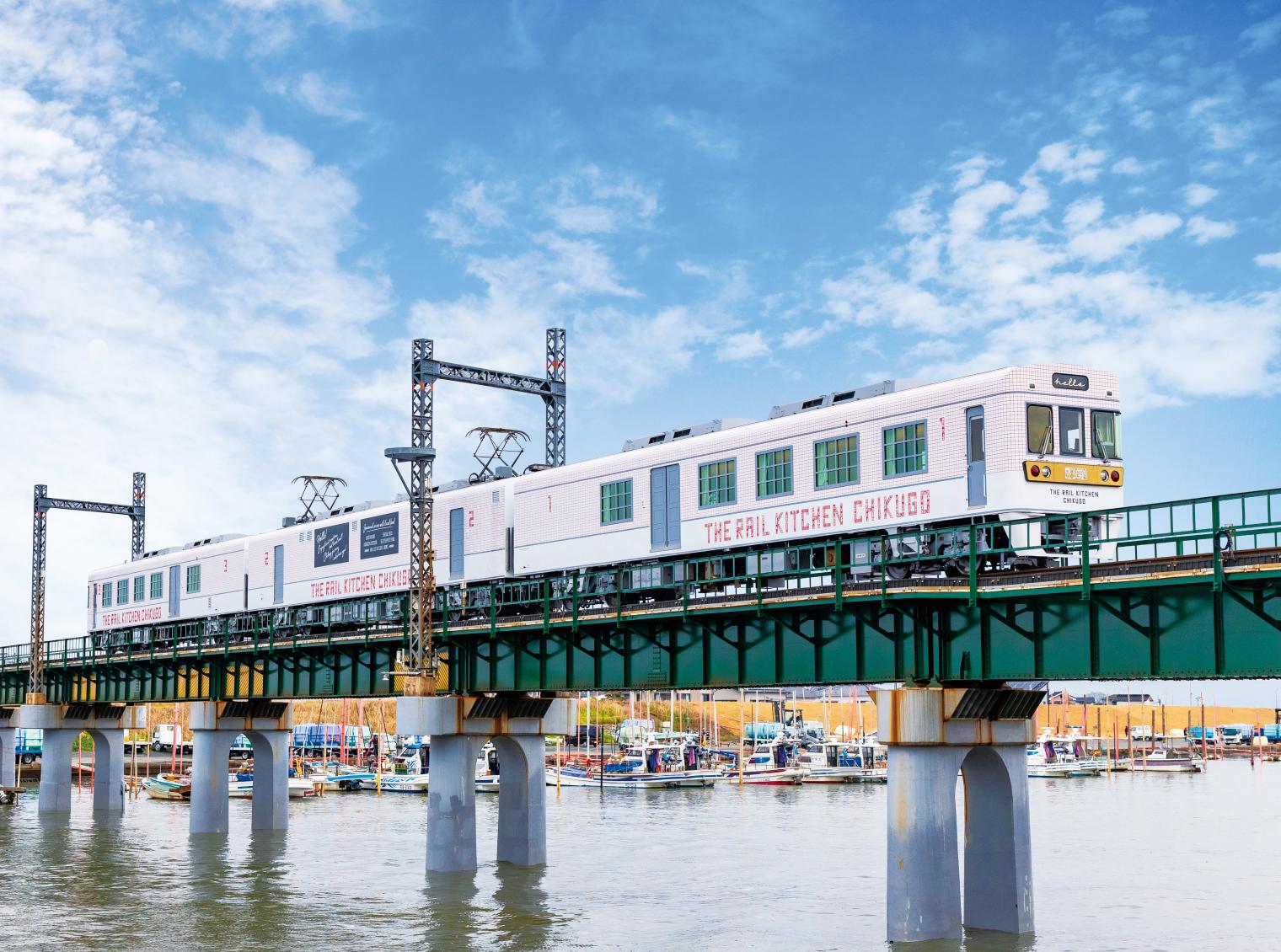
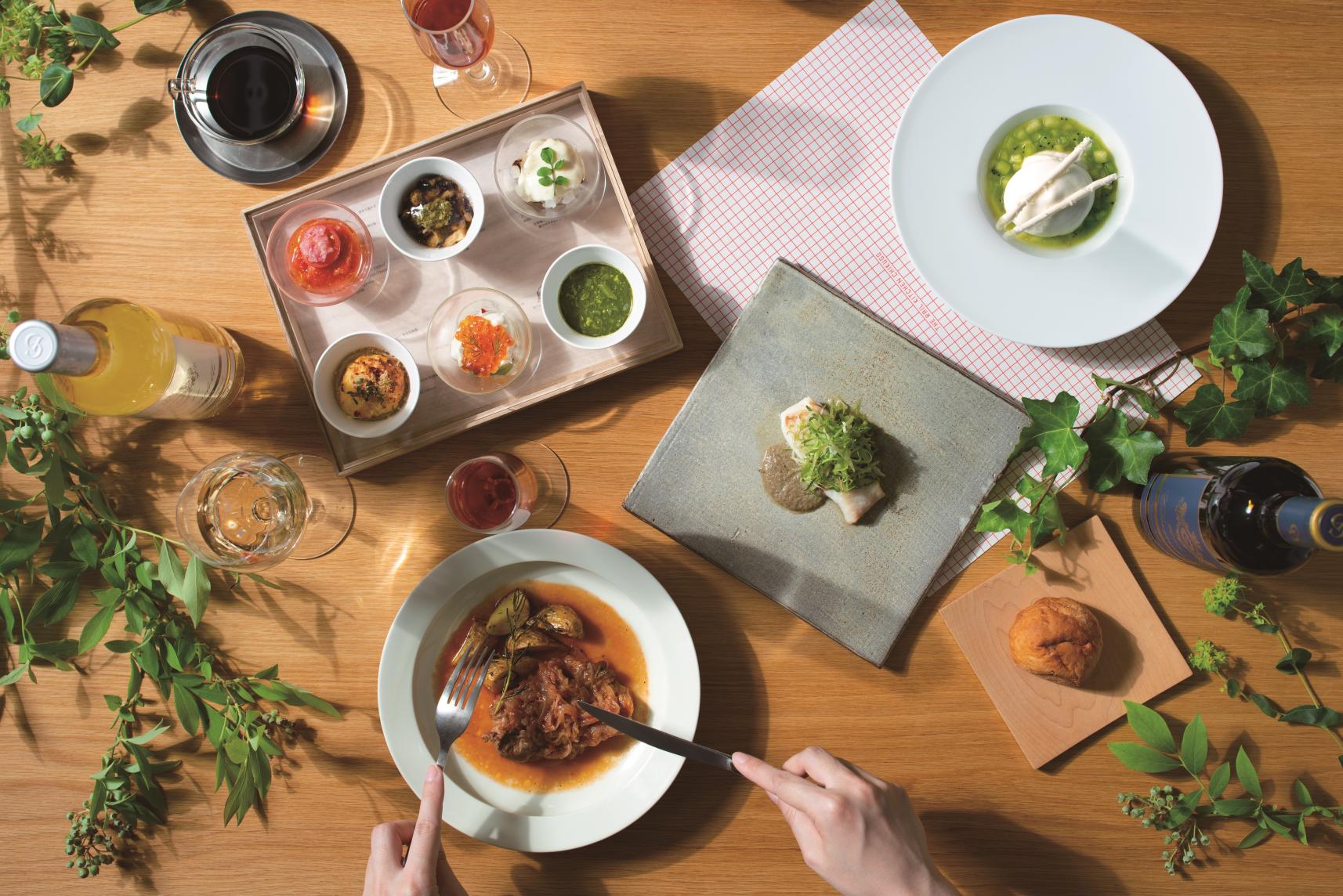
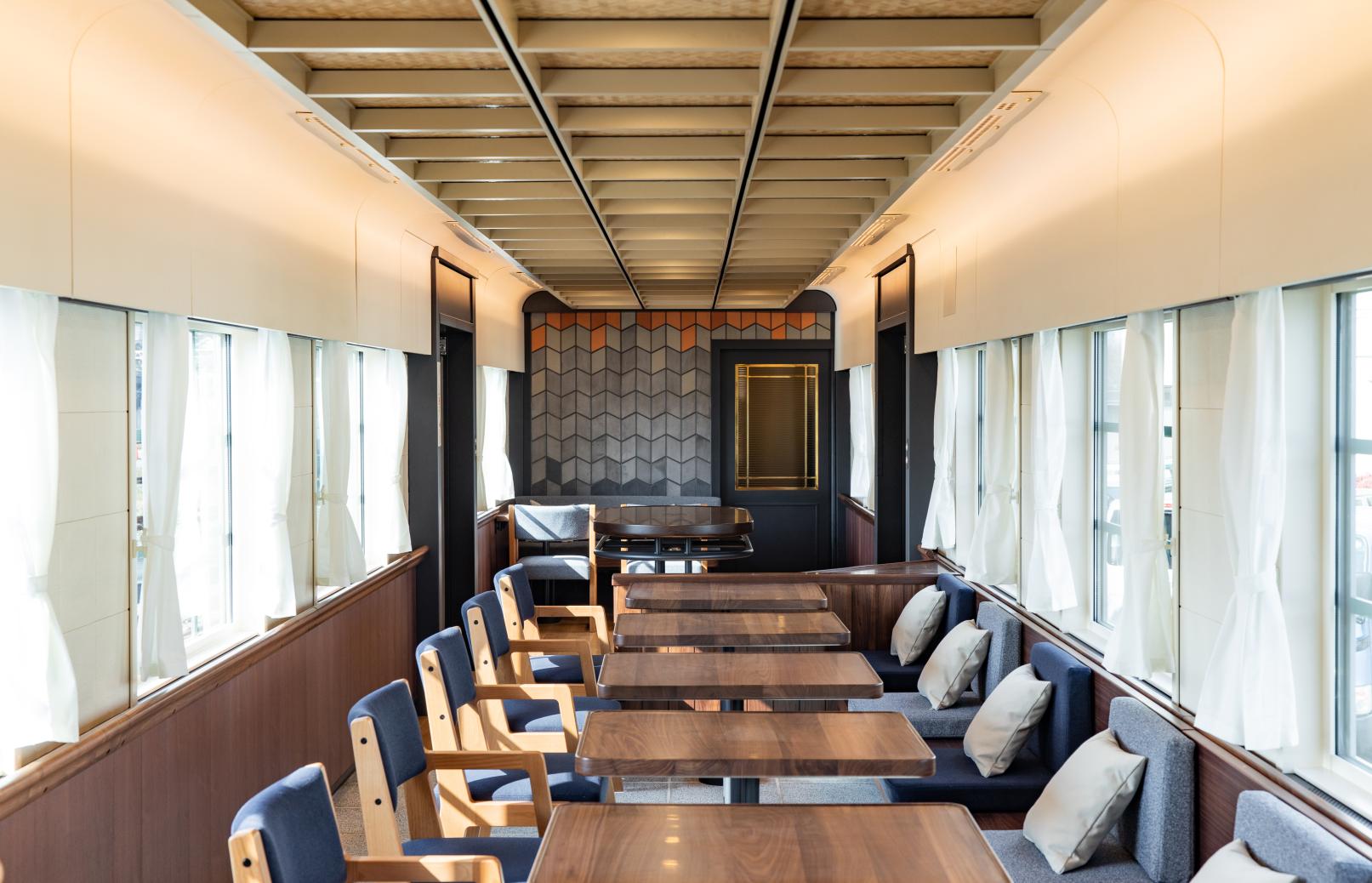
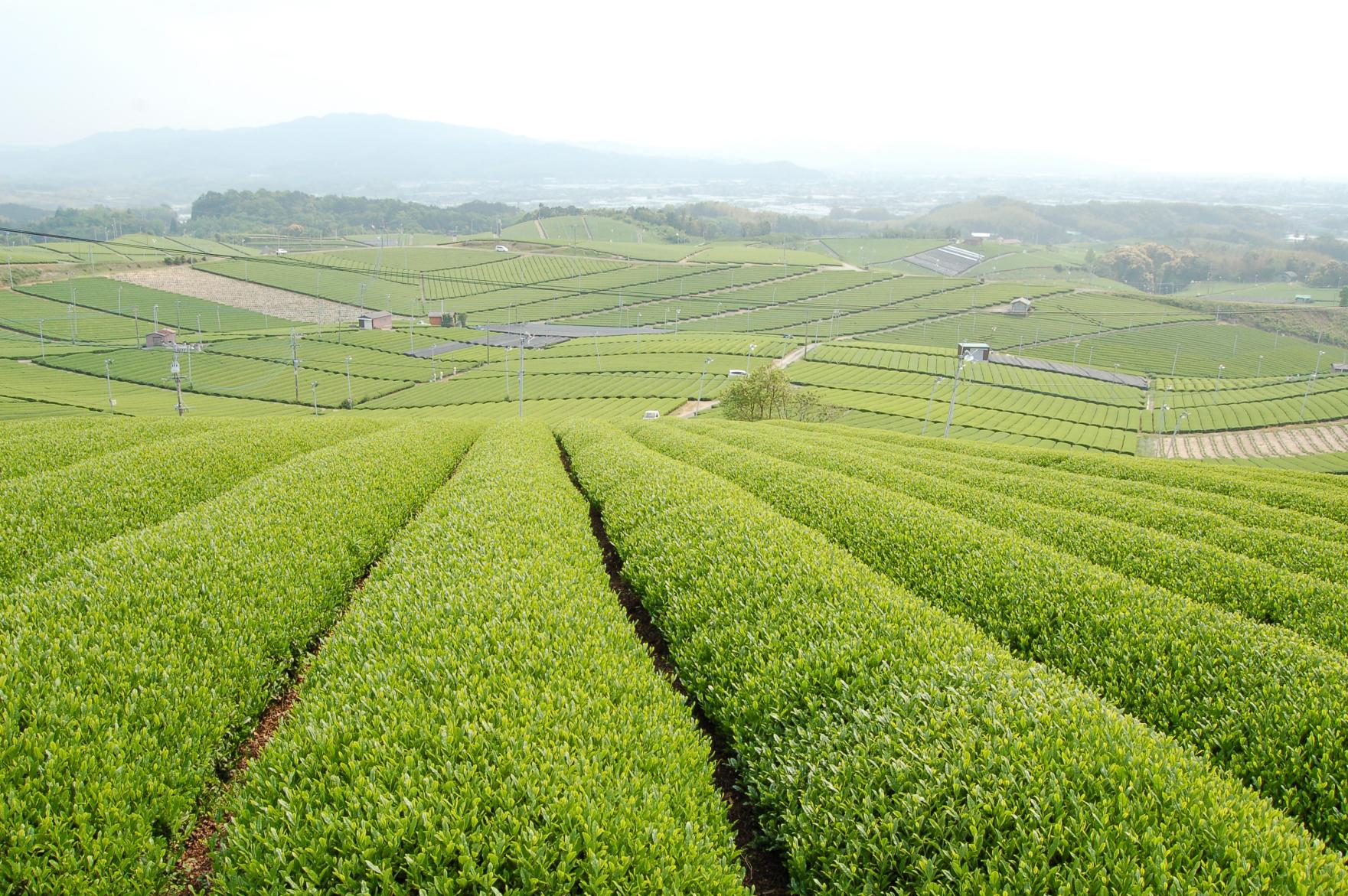
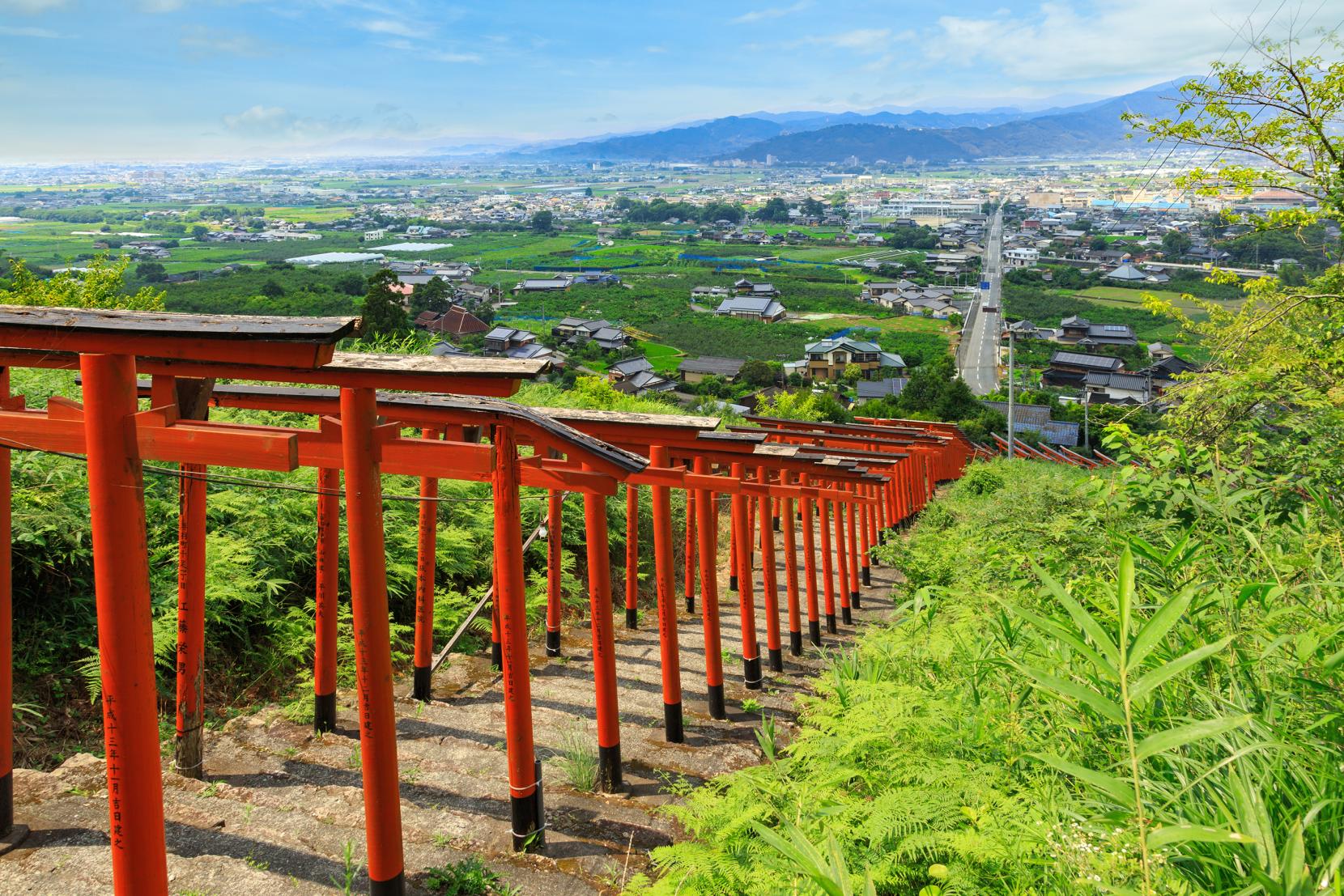
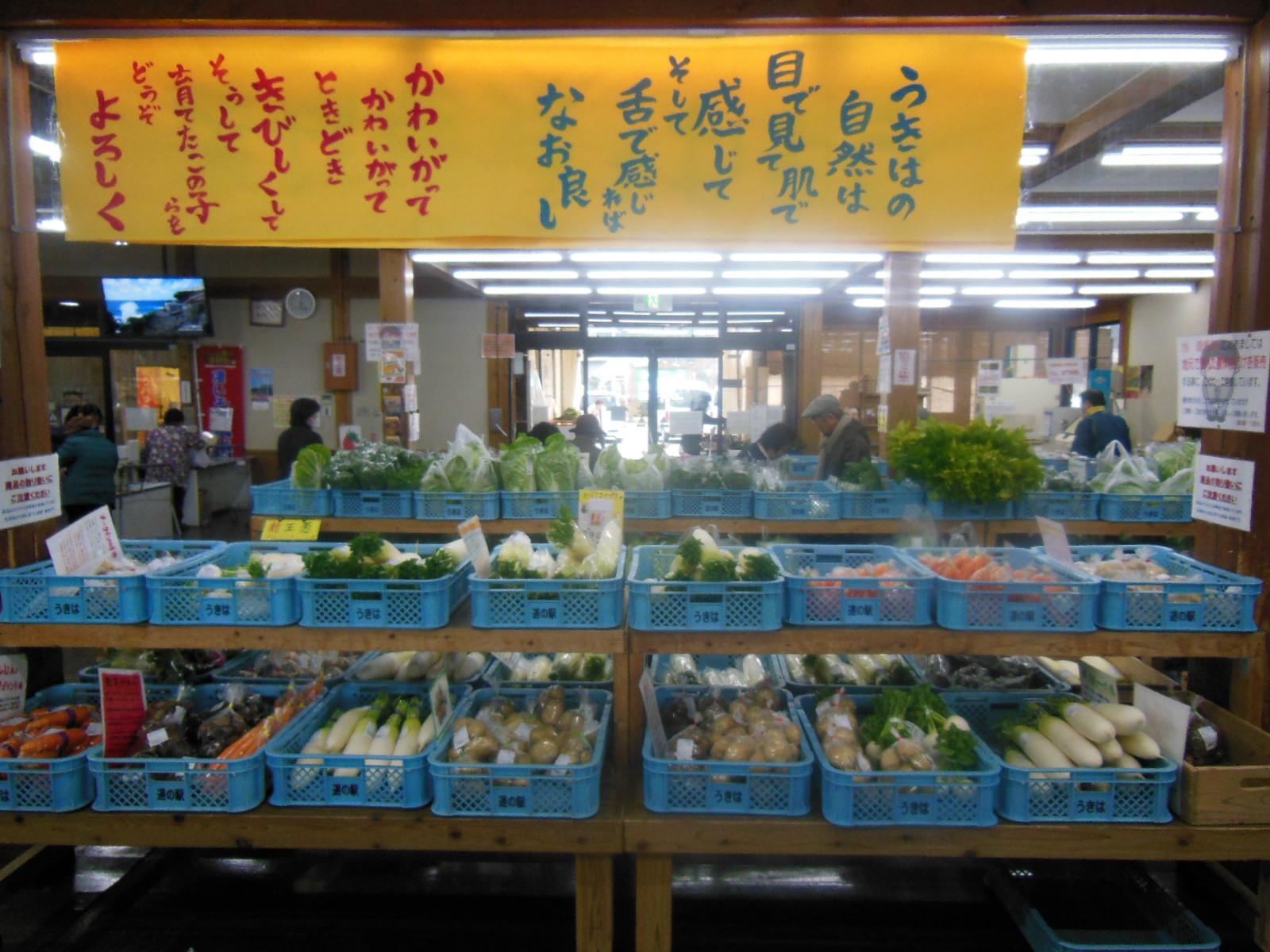
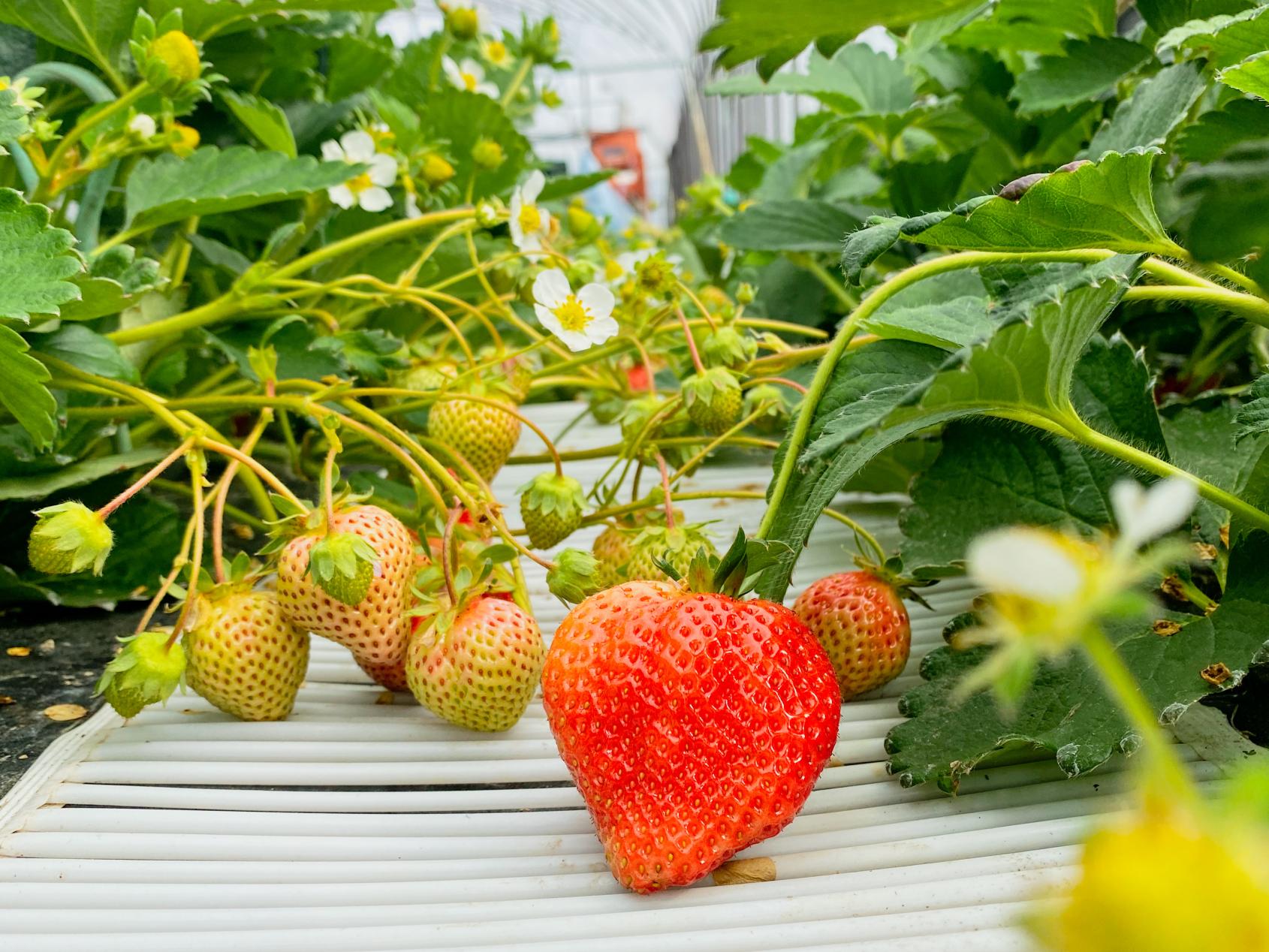
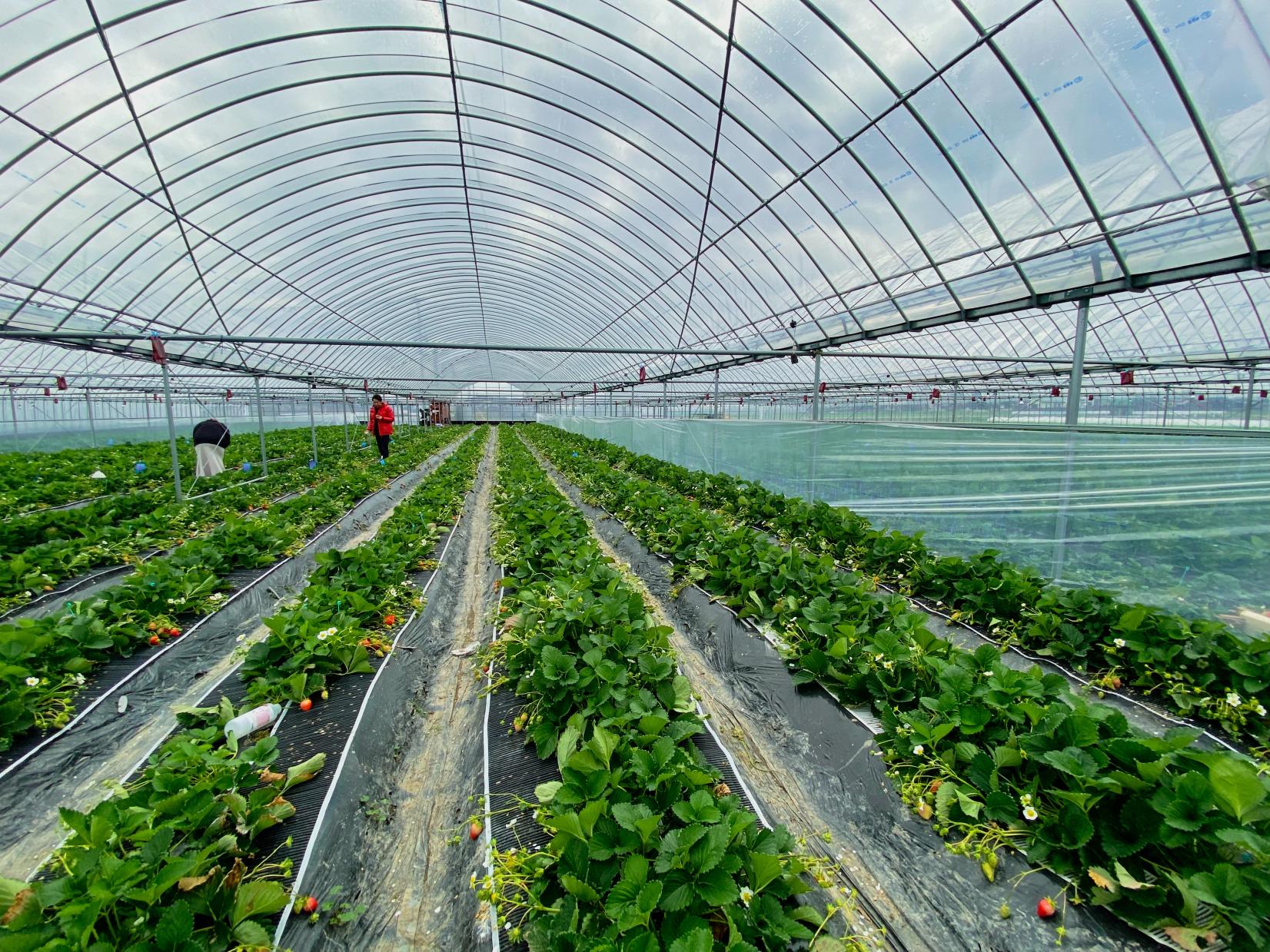
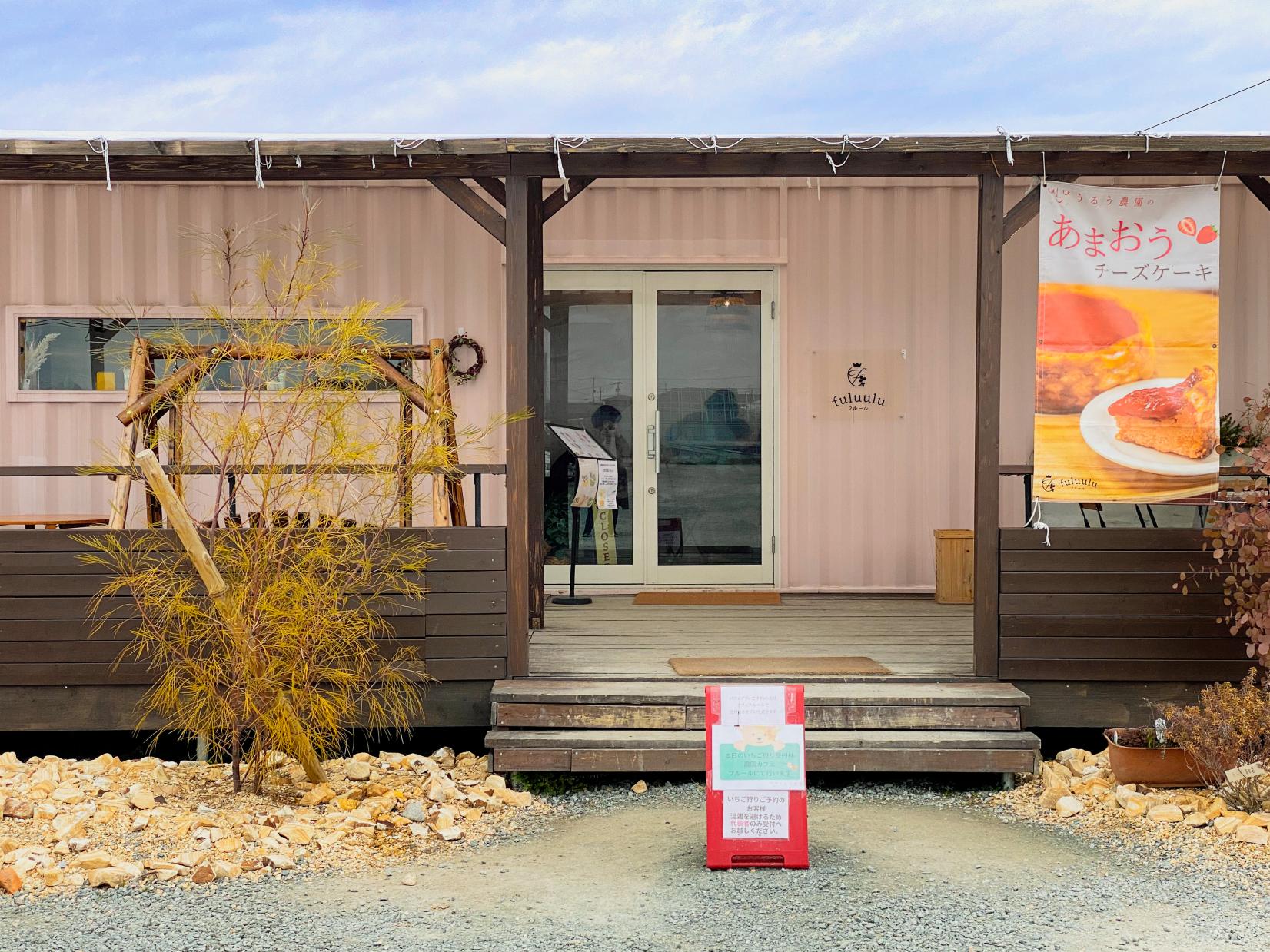
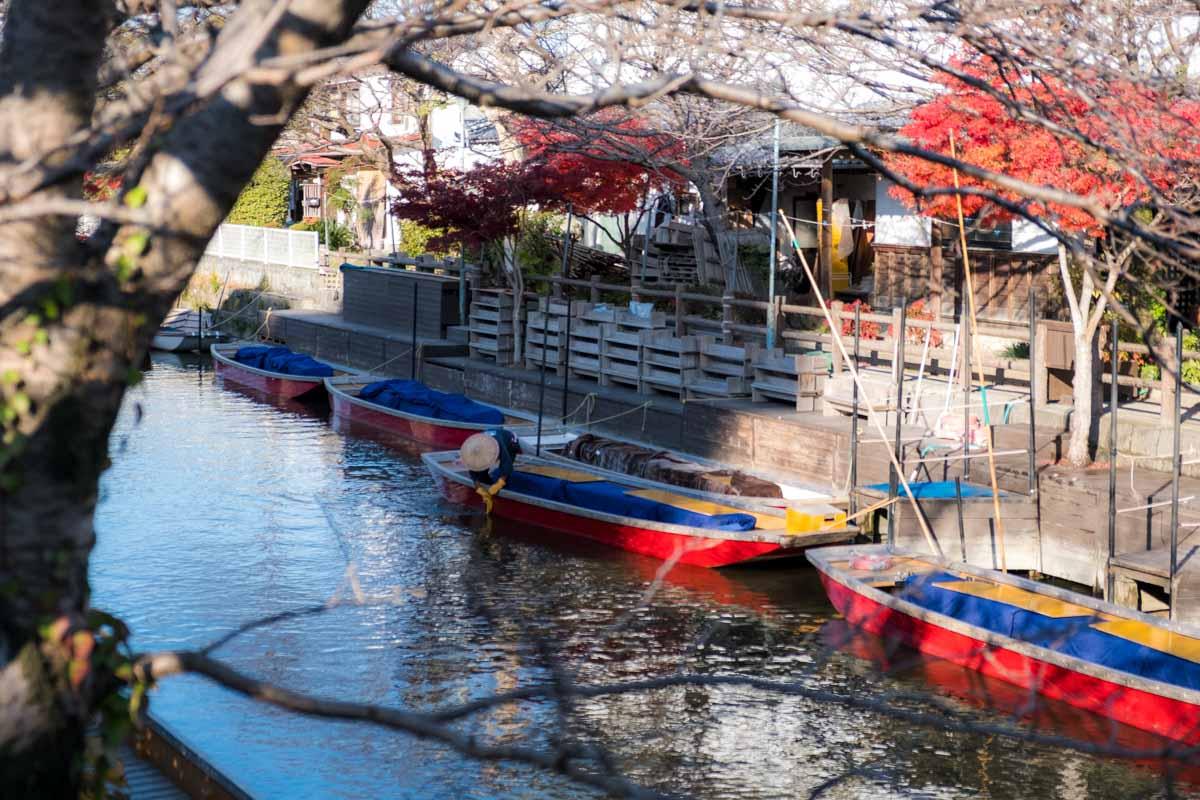
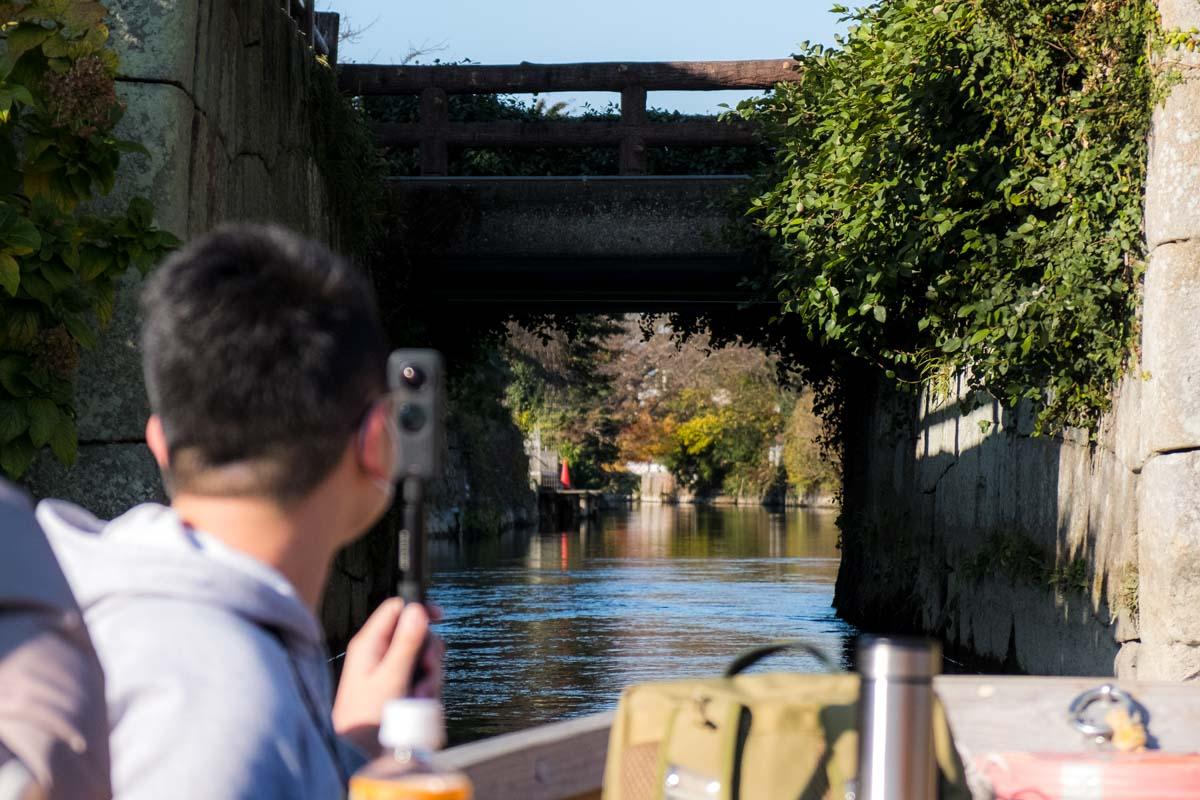
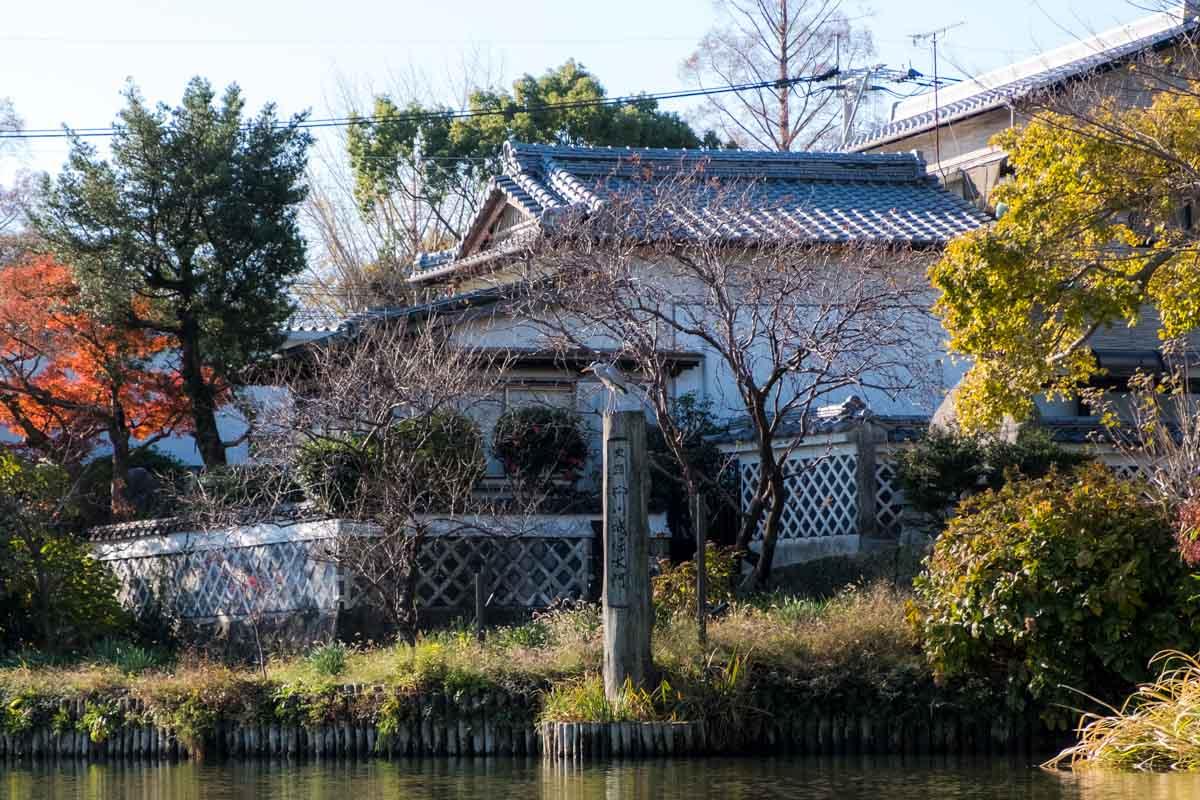
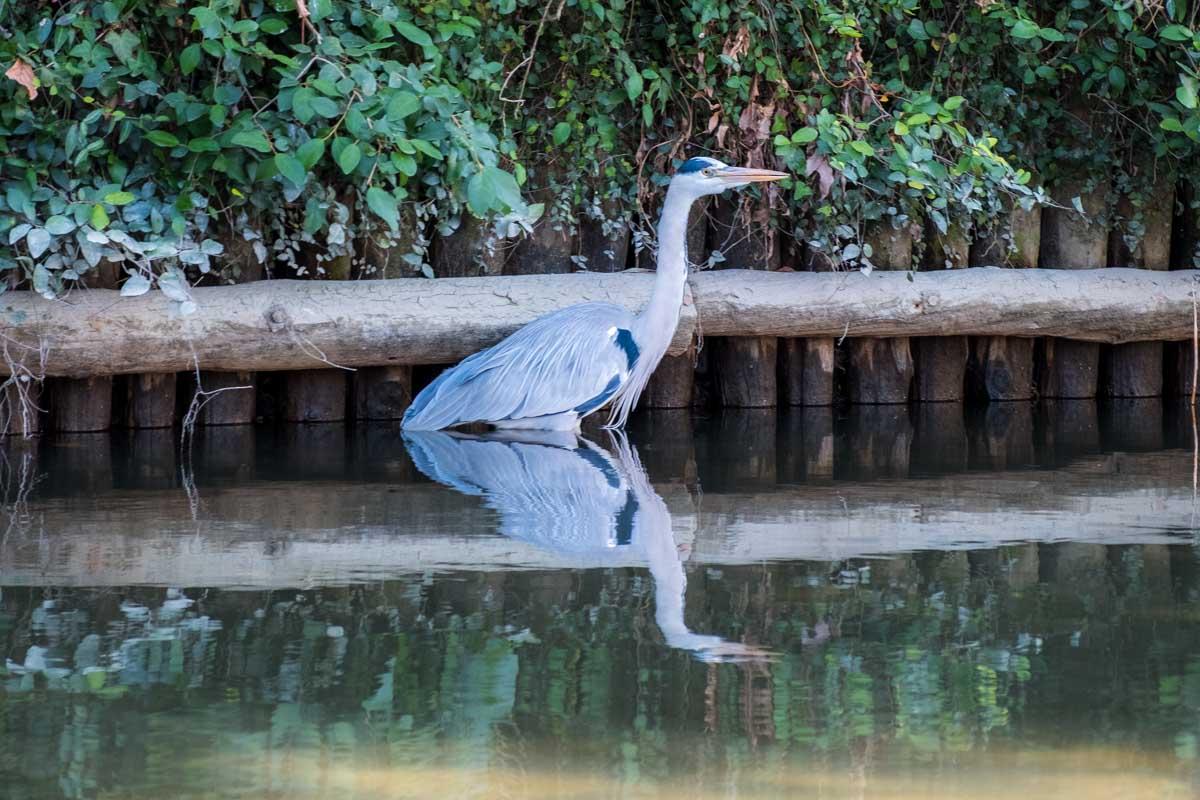
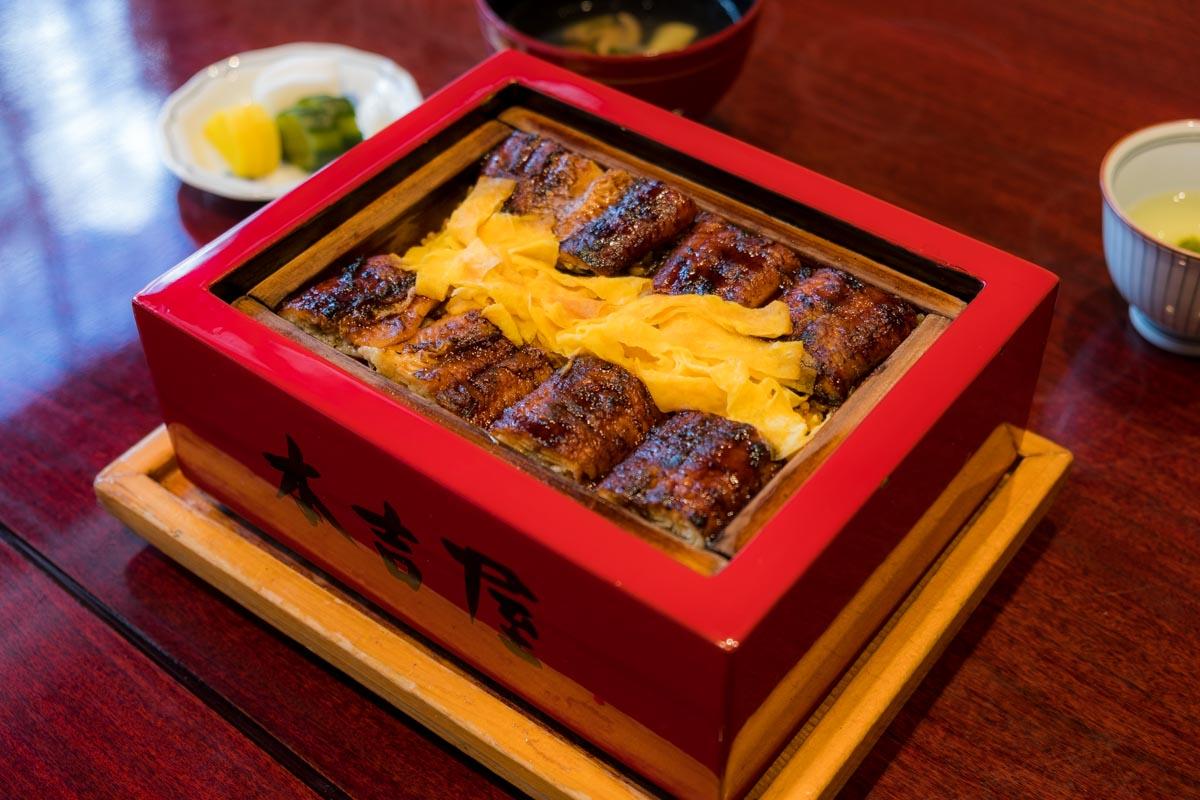
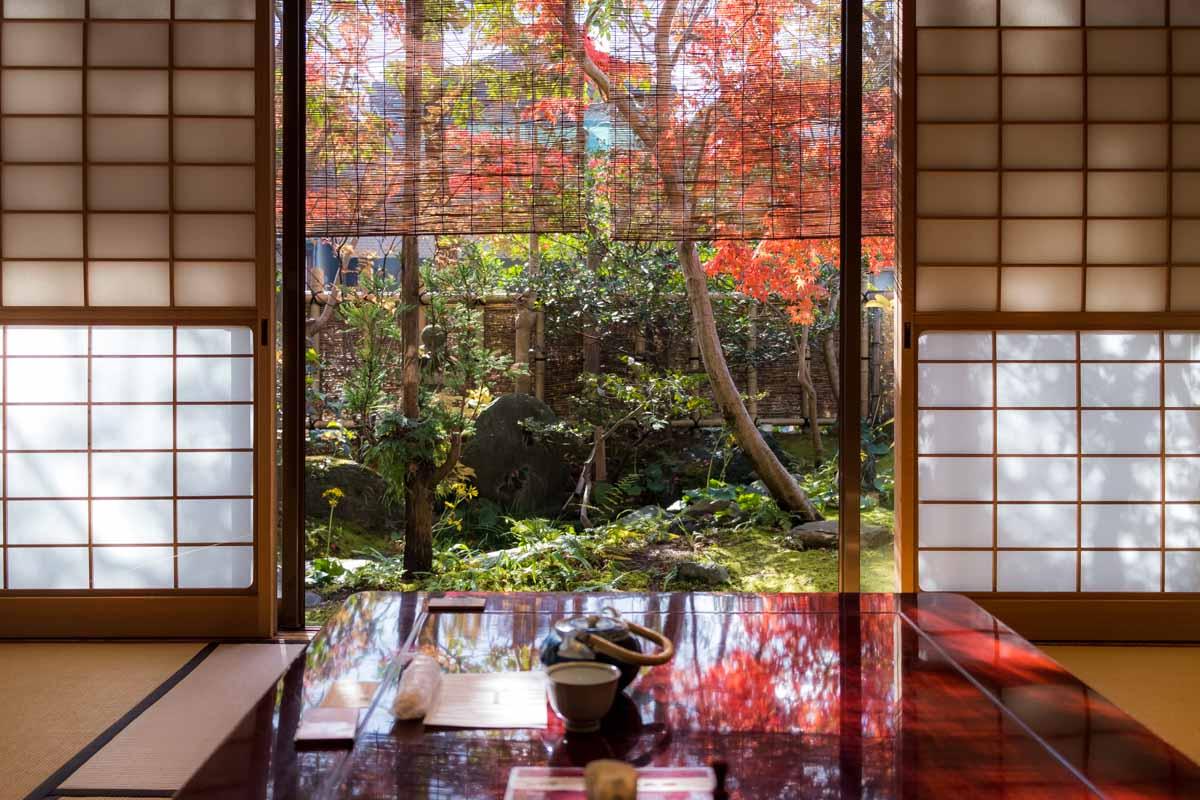
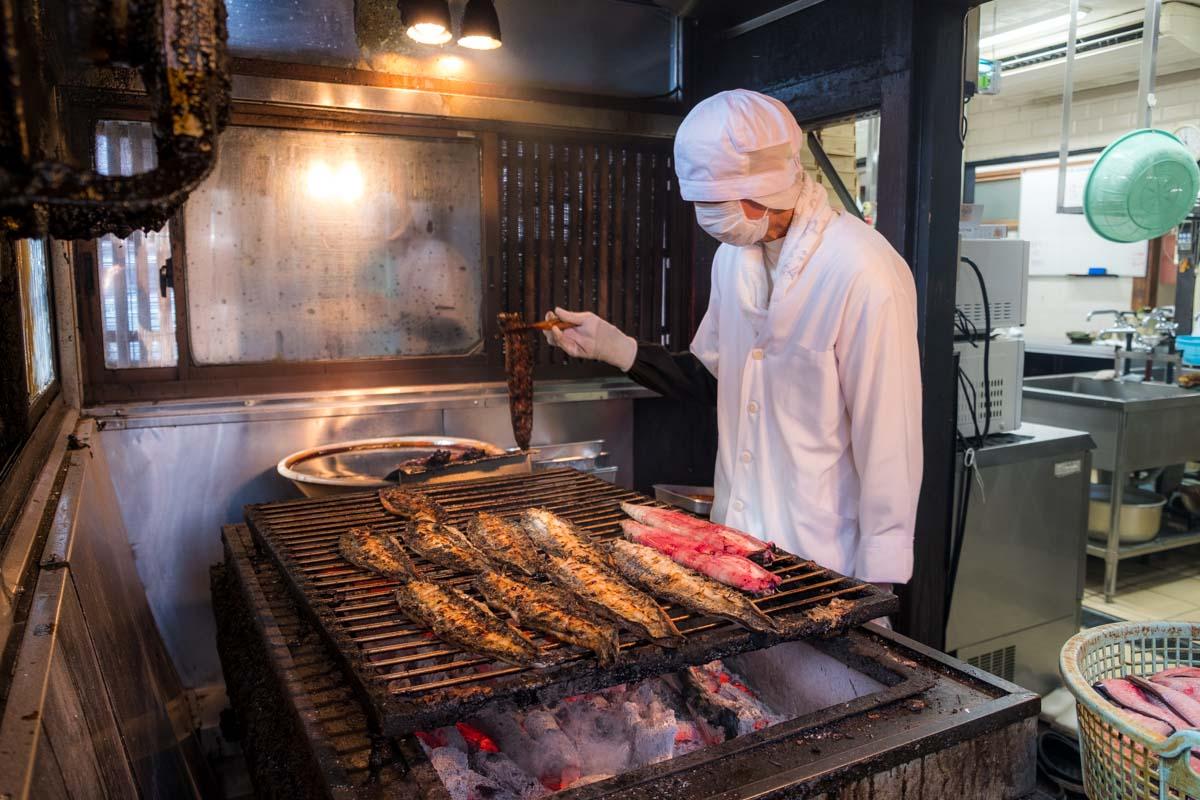
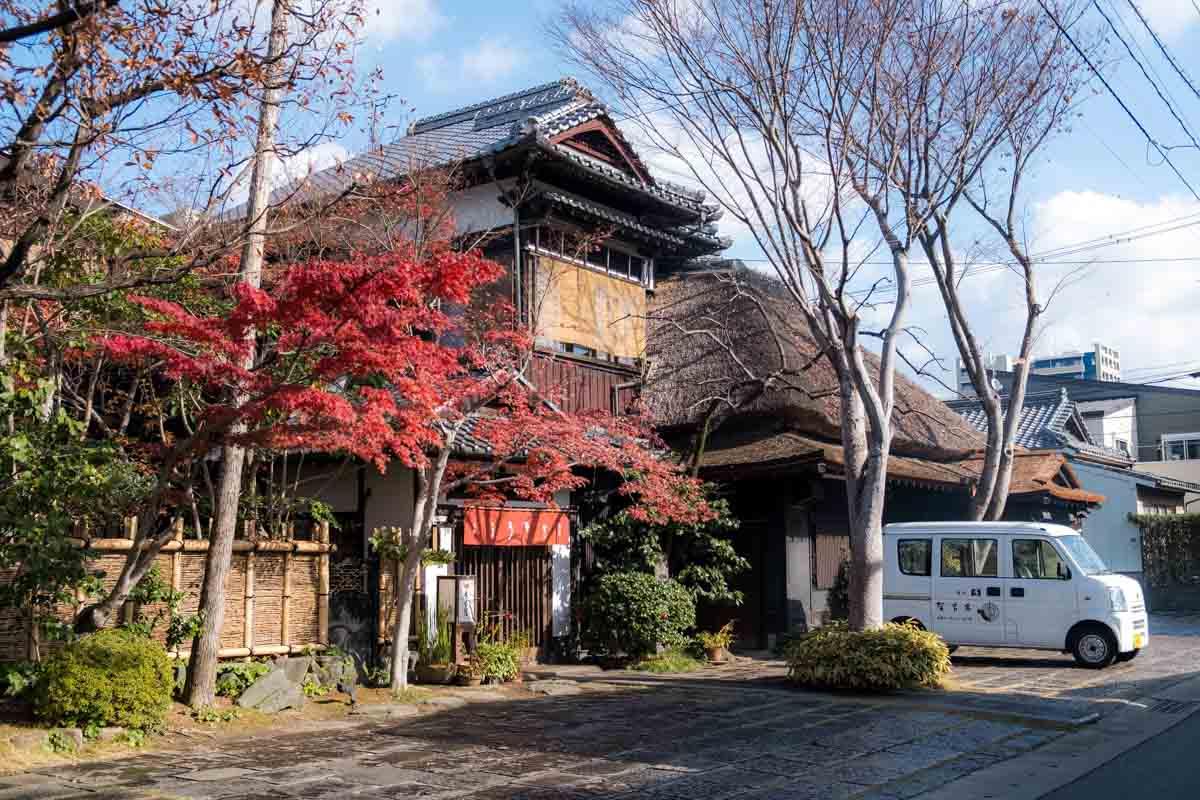
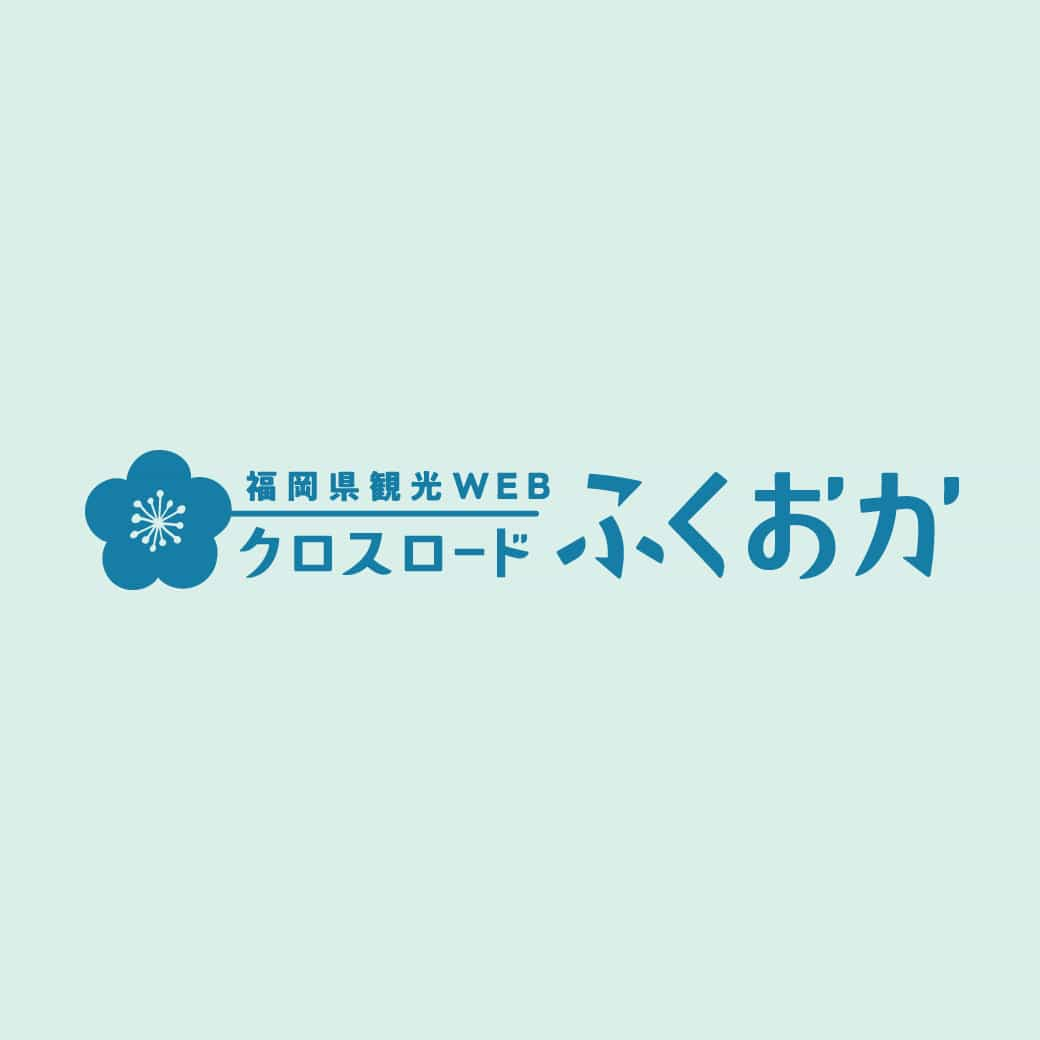
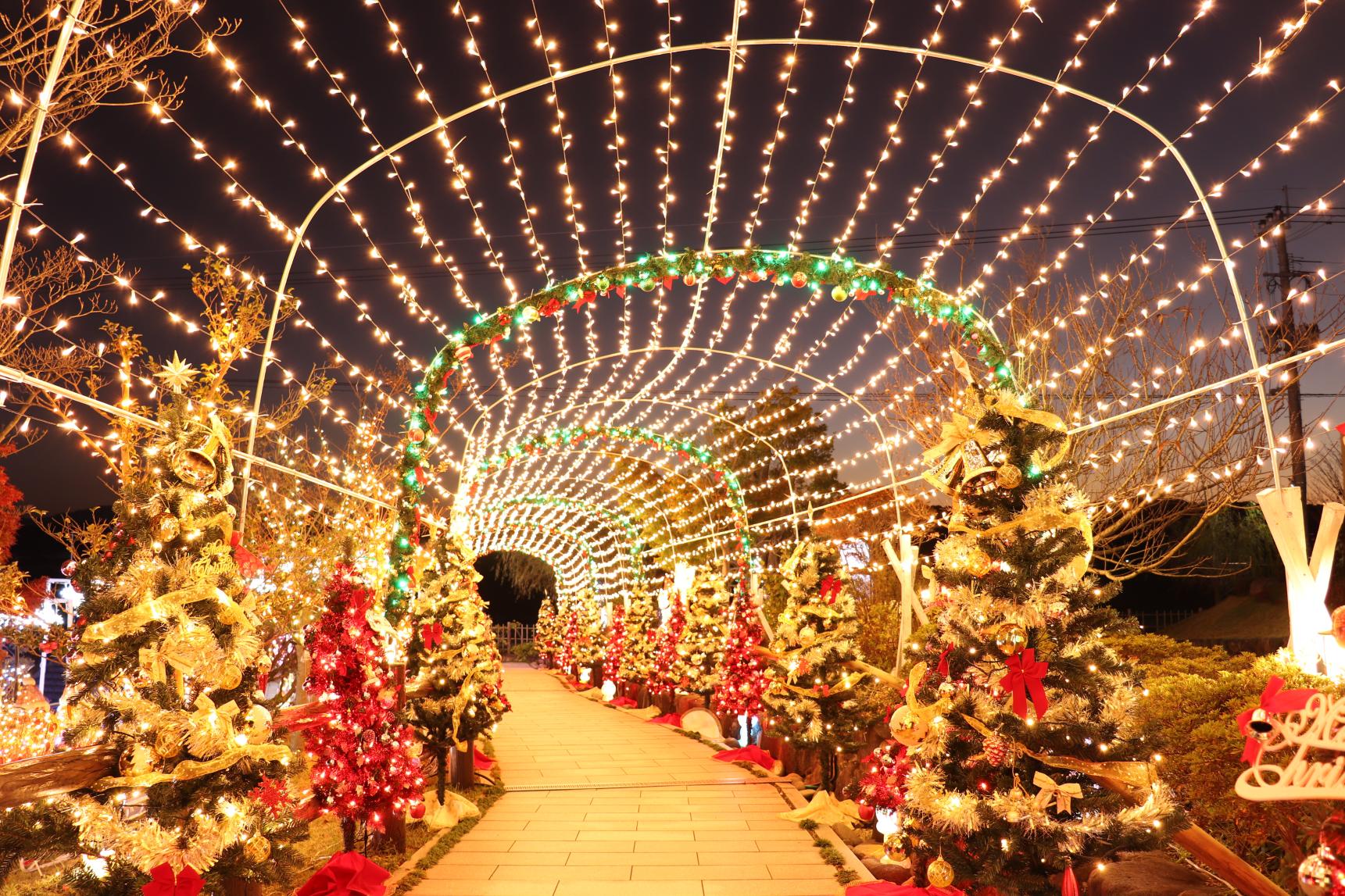
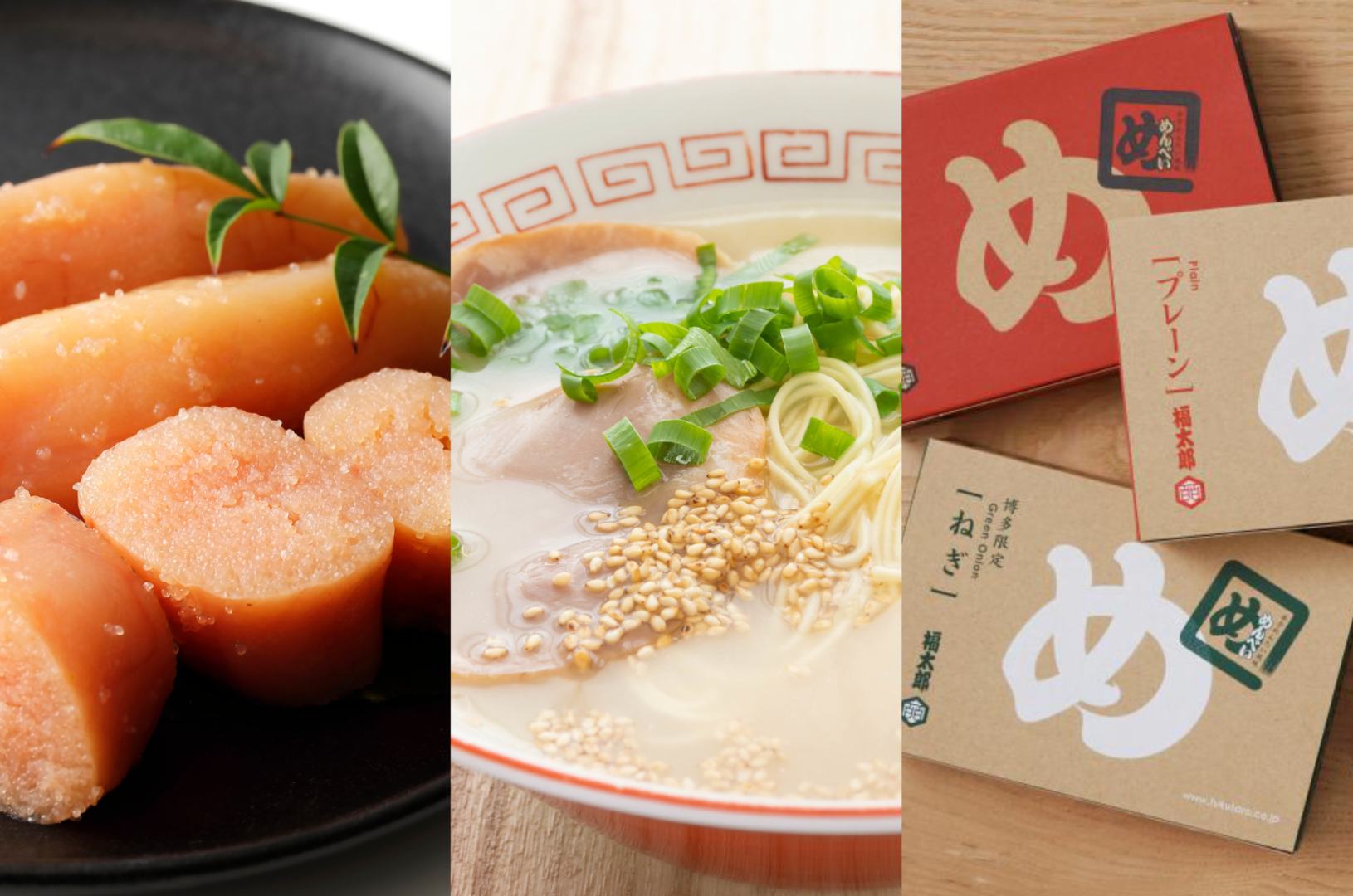
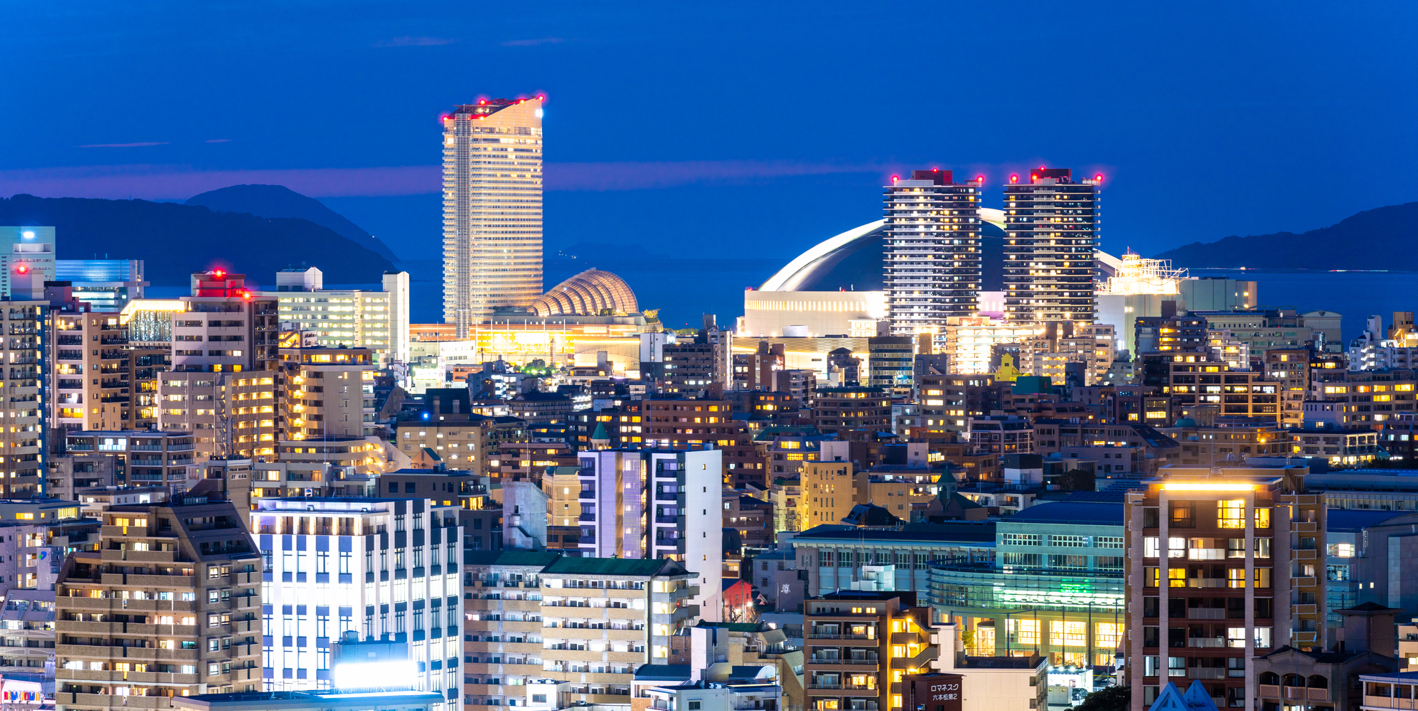
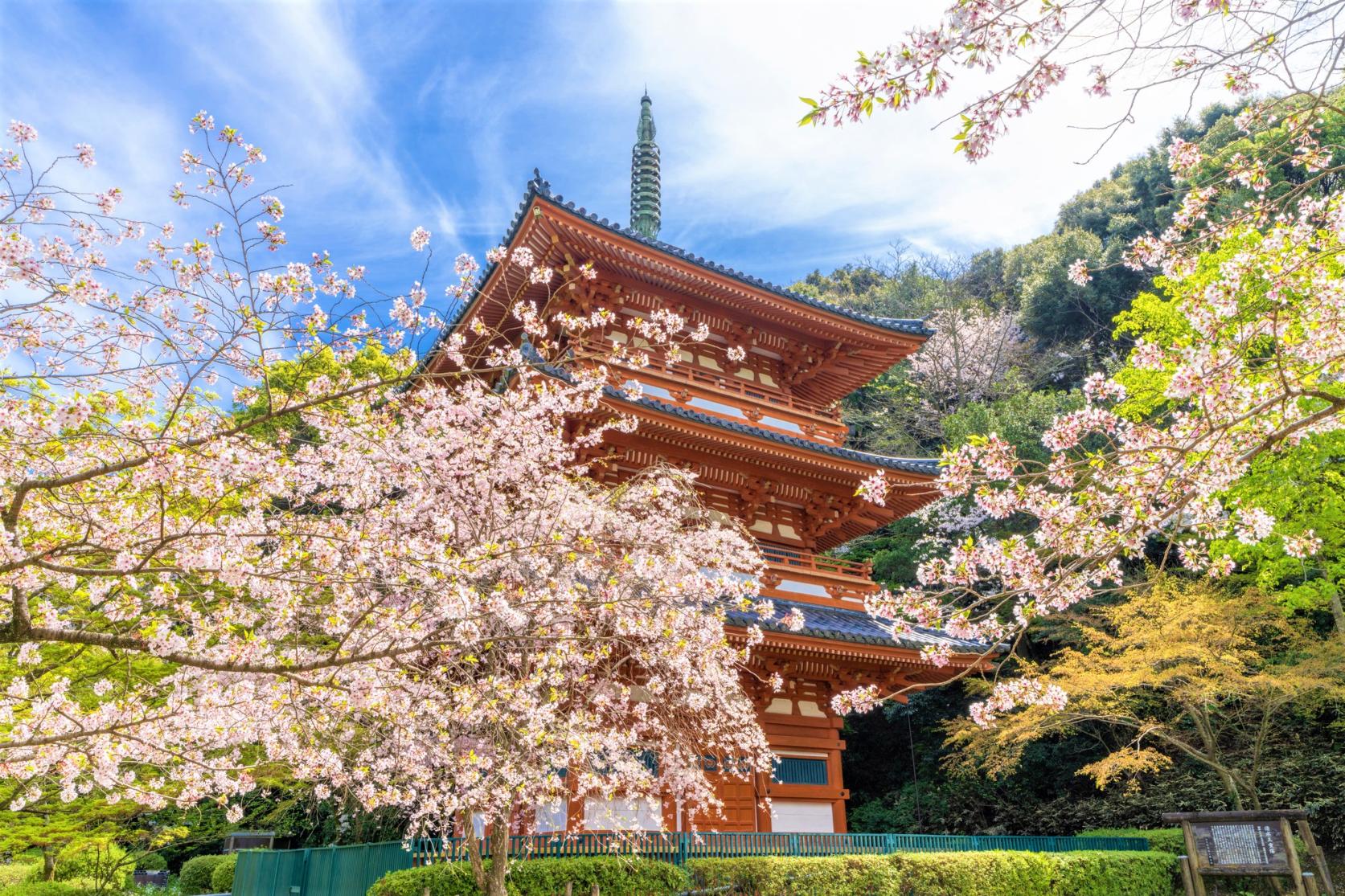
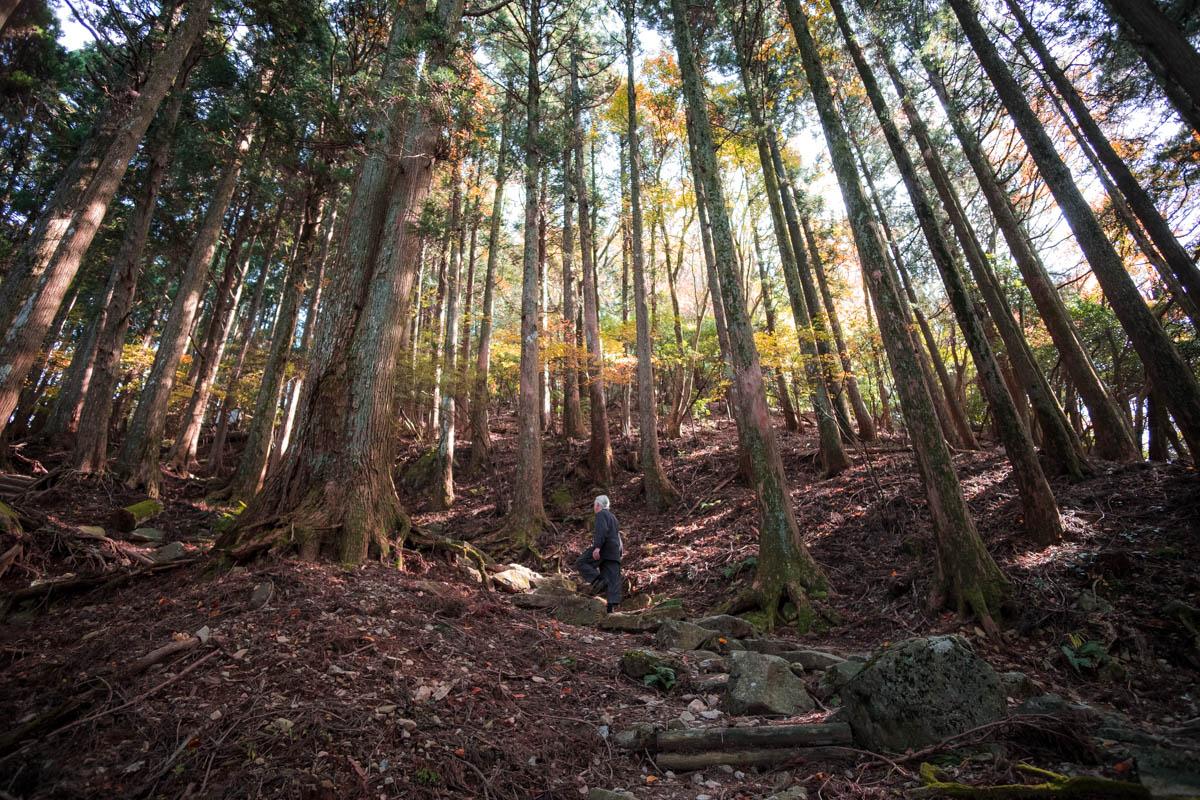
![[2024 Edition] Your Guide to Fukuoka Prefecture's Best Fall Foliage Destinations-1](https://www.crossroadfukuoka.jp/storage/special_features/279/responsive_images/49m7voPHQ1J9tJsmiguwSxPT6qZON51ATRvm5NJK__1673_1115.jpg)
![[2024 Edition] Enjoy the New Year in Fukuoka! Special Feature on First Sunrise and Hatsumode-1](https://www.crossroadfukuoka.jp/storage/special_features/303/responsive_images/WMWmetE3zassCD8JlncouwivzCqCrrAAwwhp5OGF__1669_866.jpg)
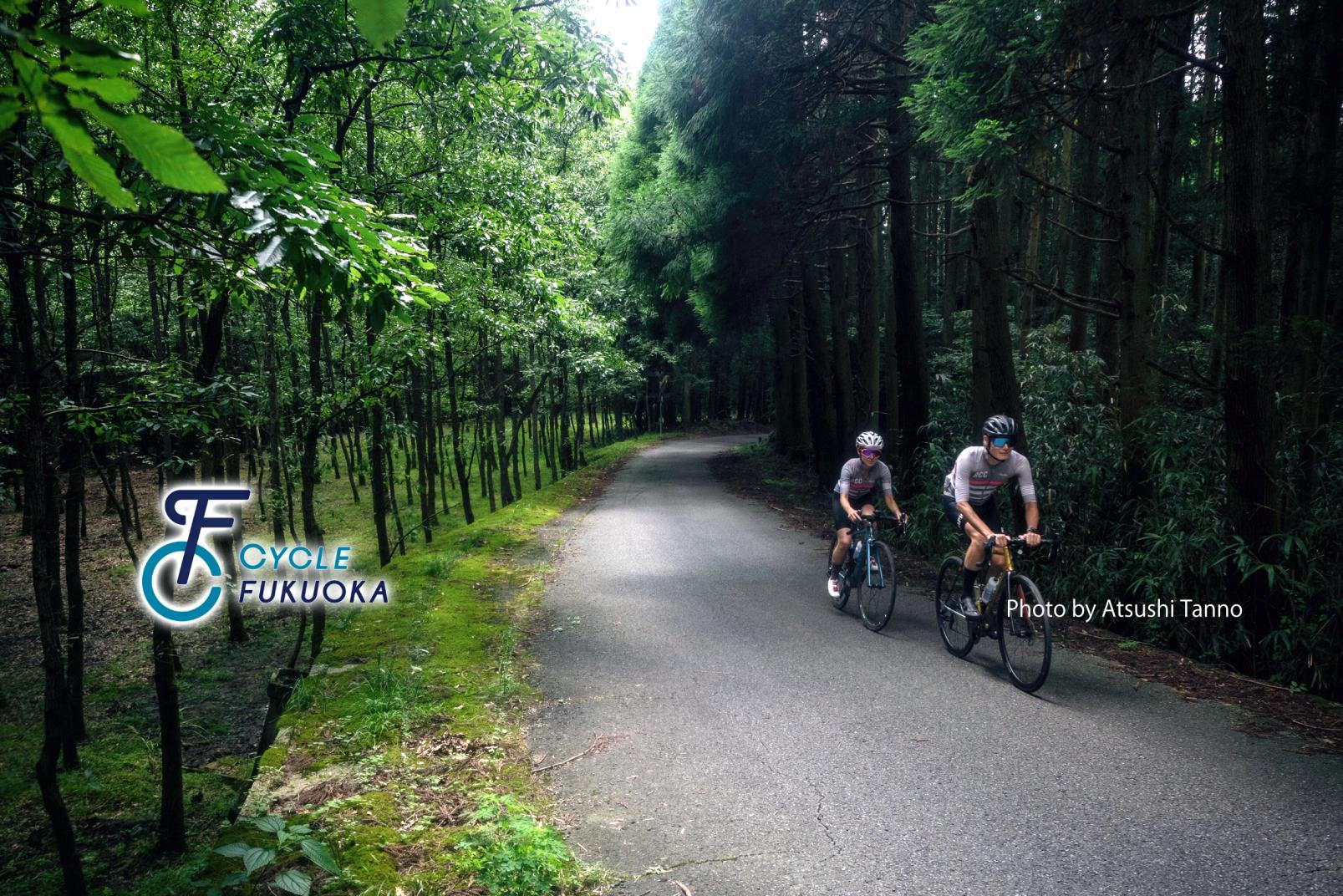
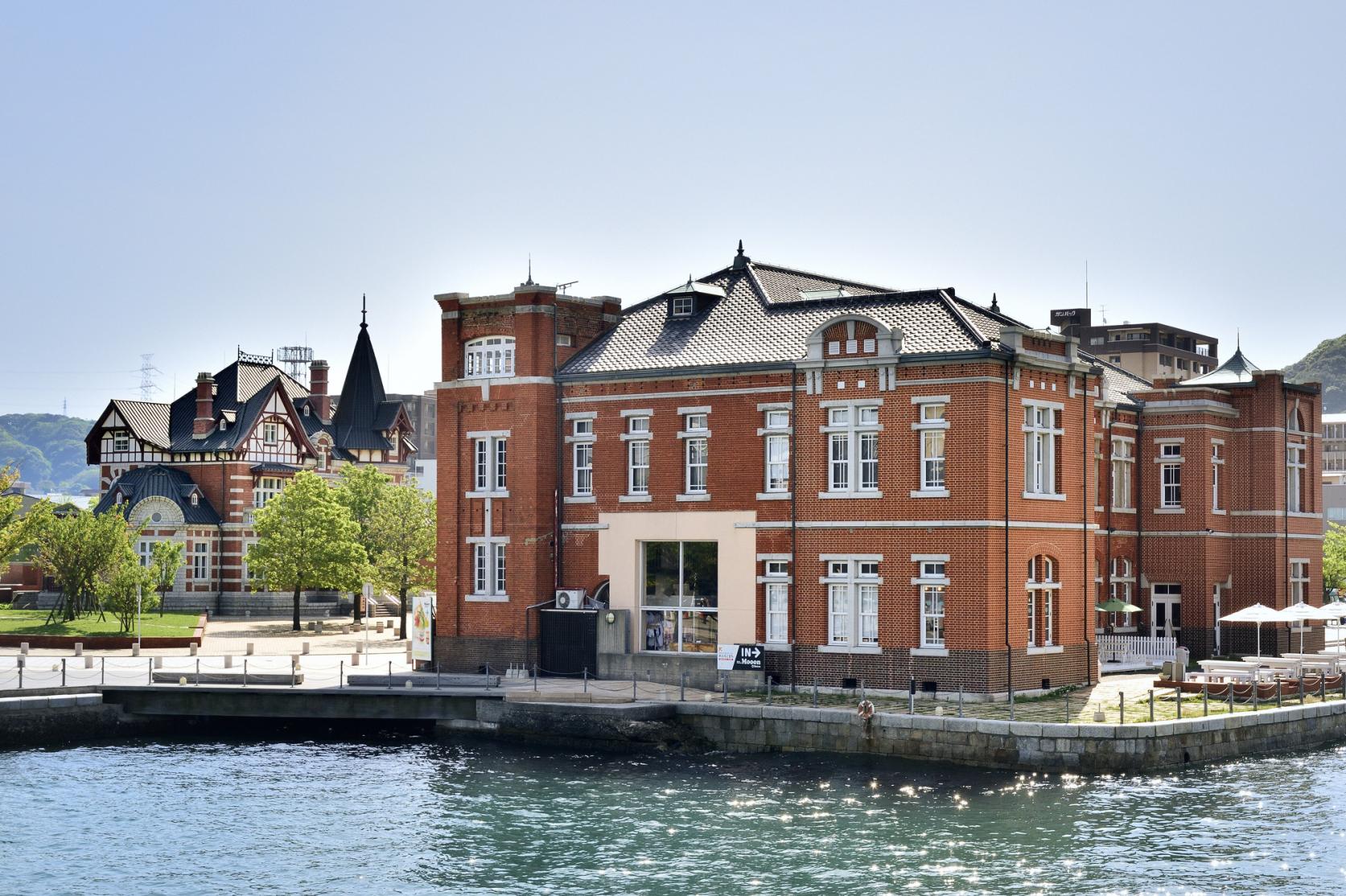
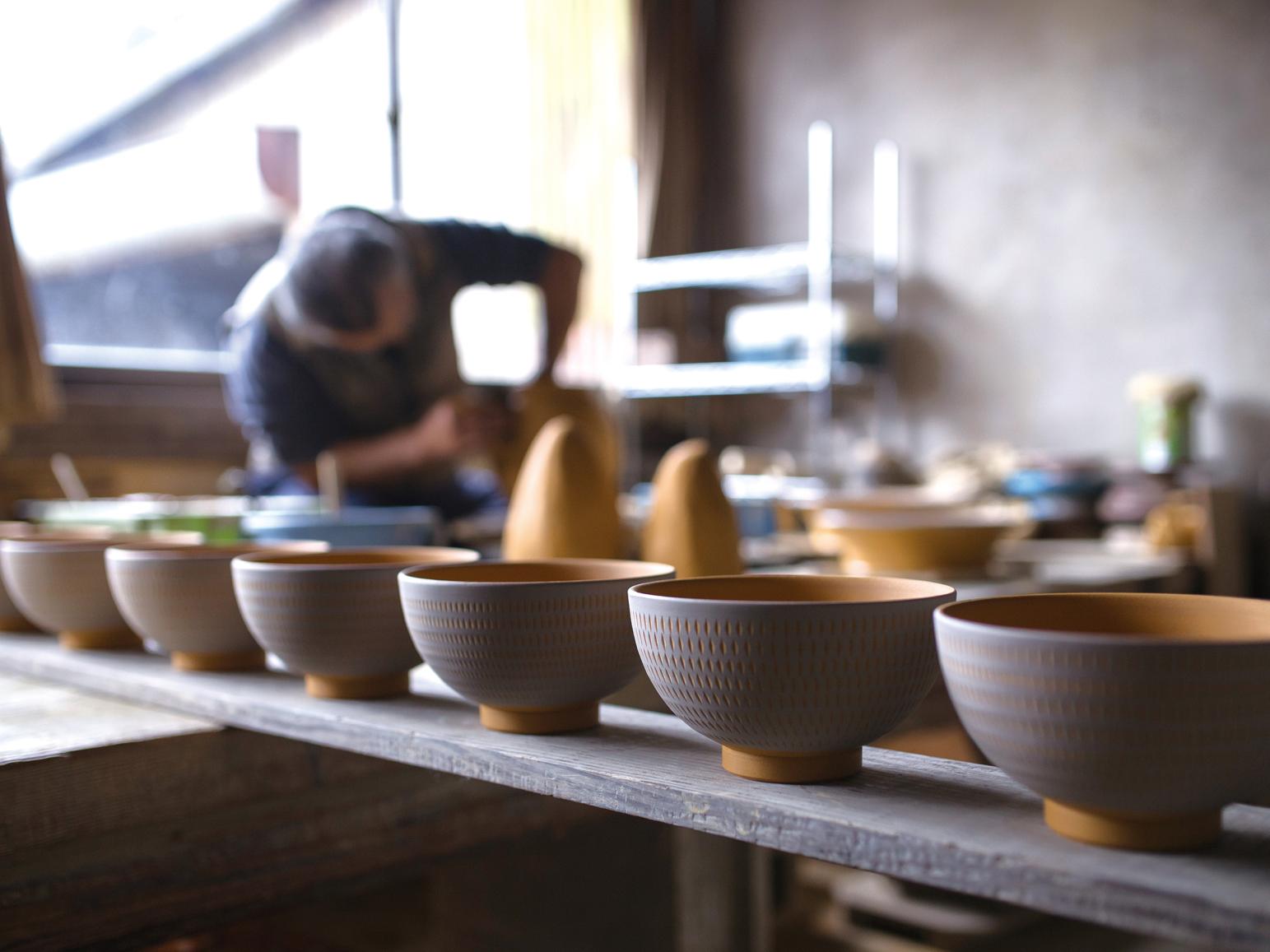
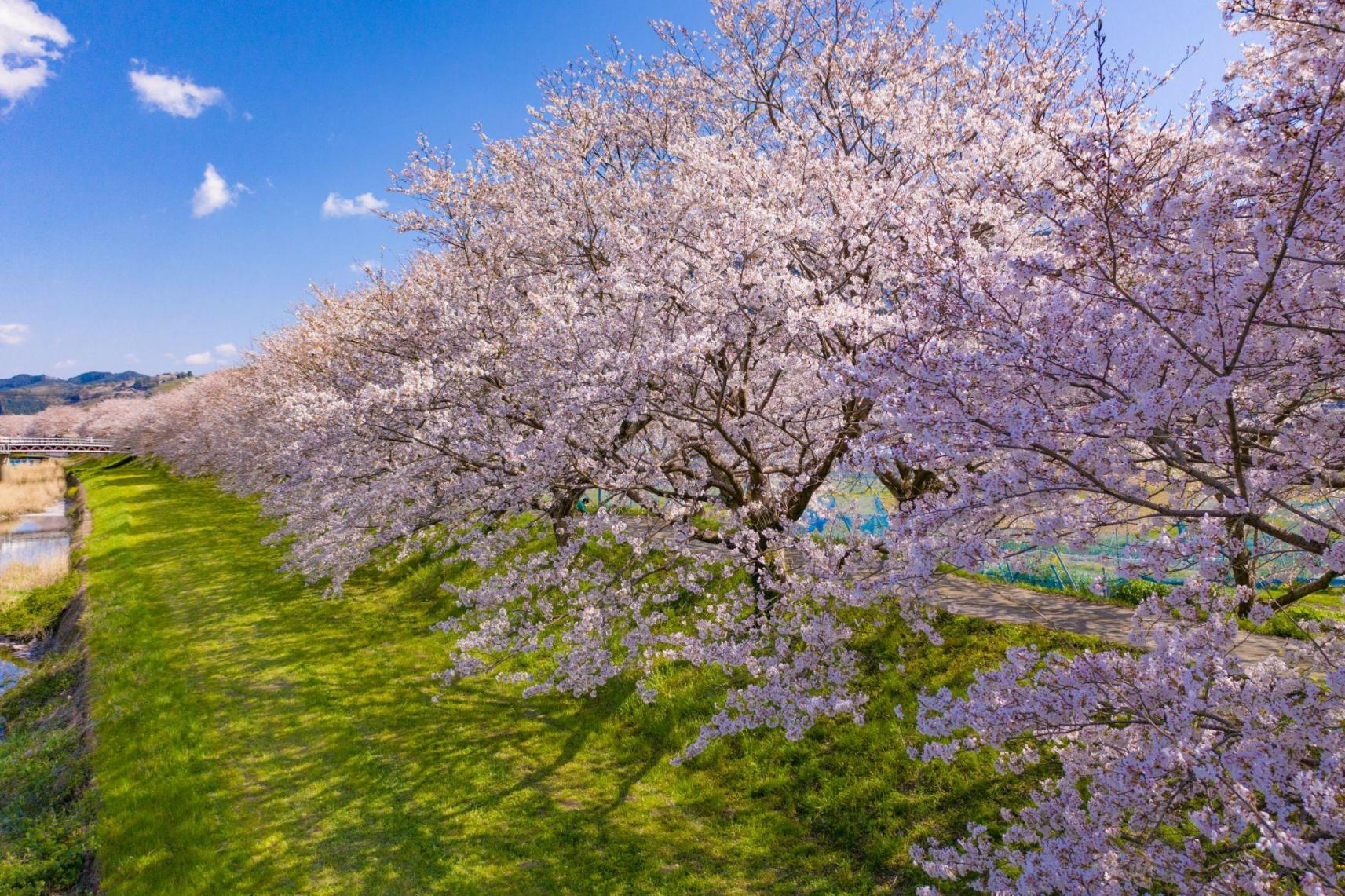
![[2023 Edition] Strawberry Picking Spots in Fukuoka-1](https://www.crossroadfukuoka.jp/storage/special_features/49/responsive_images/9ZHgrqvQdpH8tM4IRF54DXu0aPBF3YGGkj5WOTGc__1673_1115.jpg)
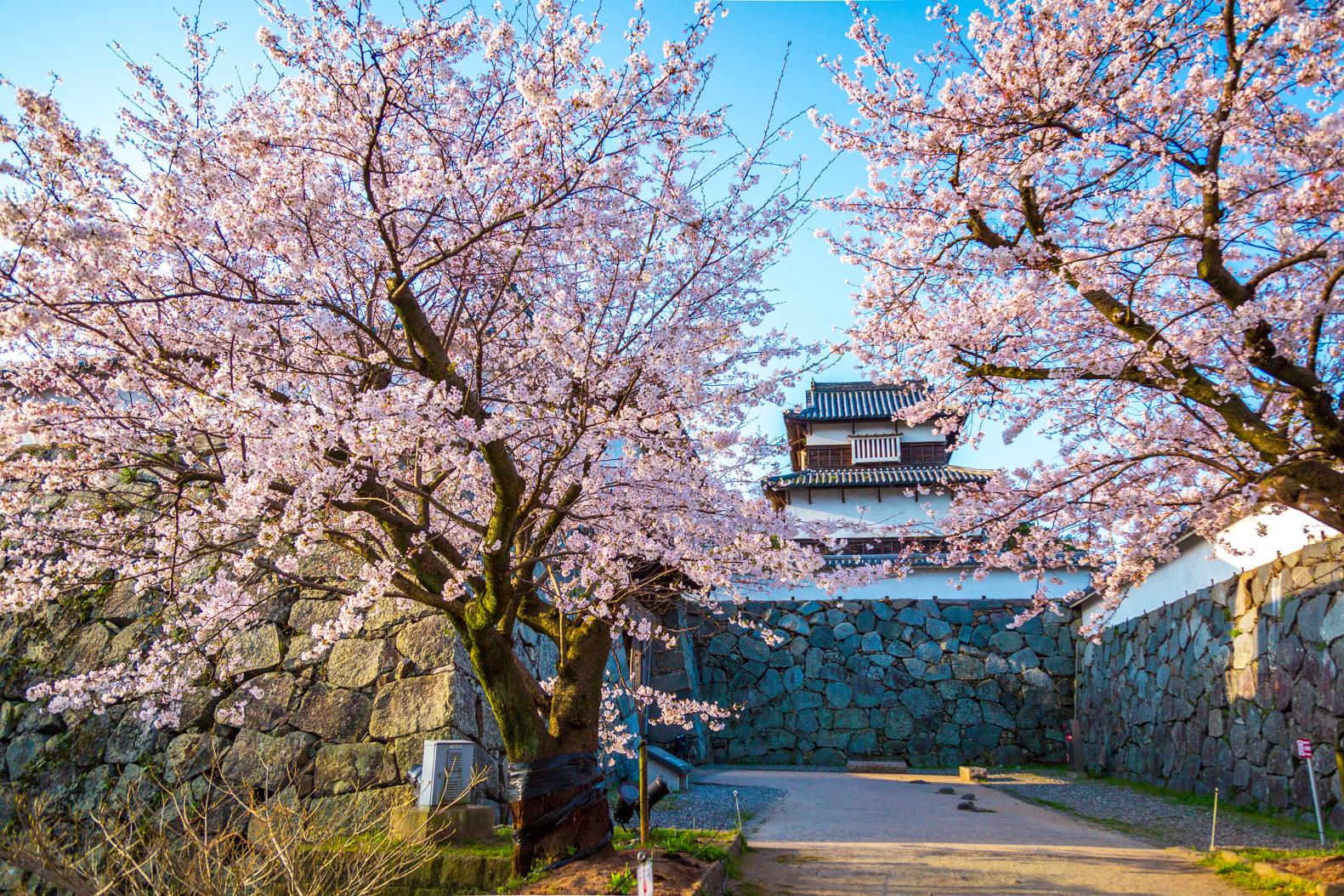
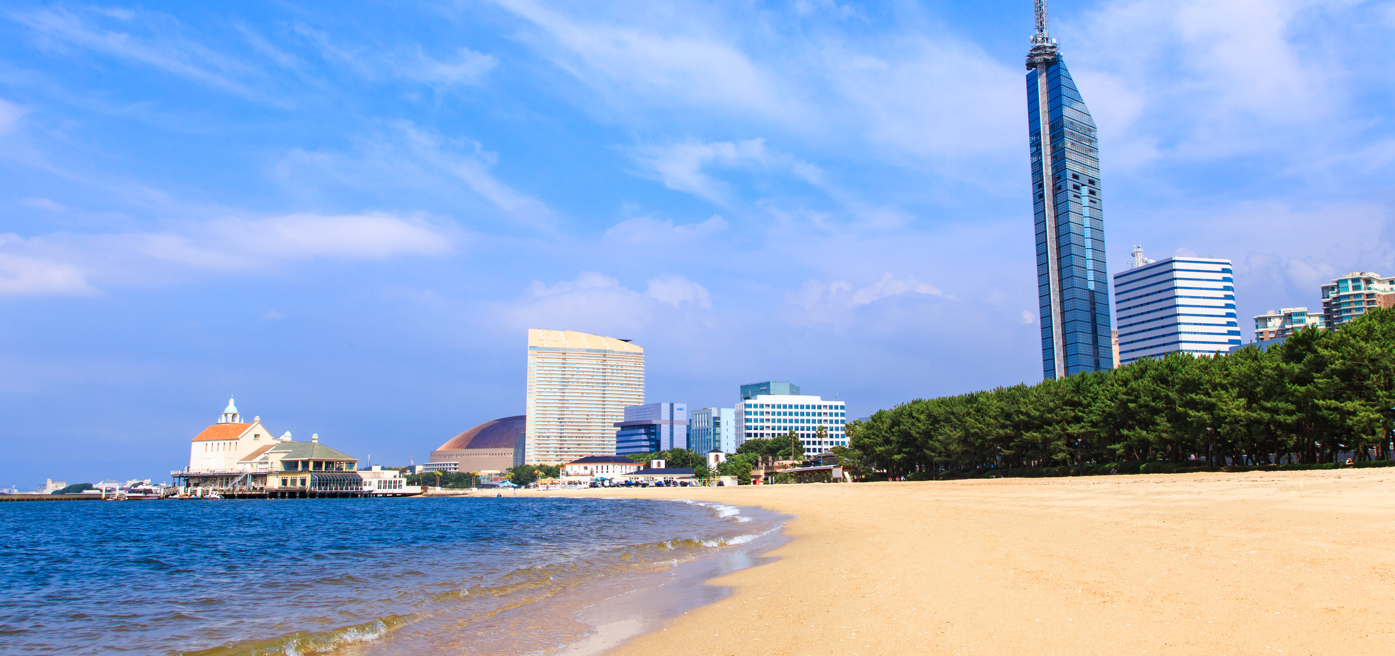
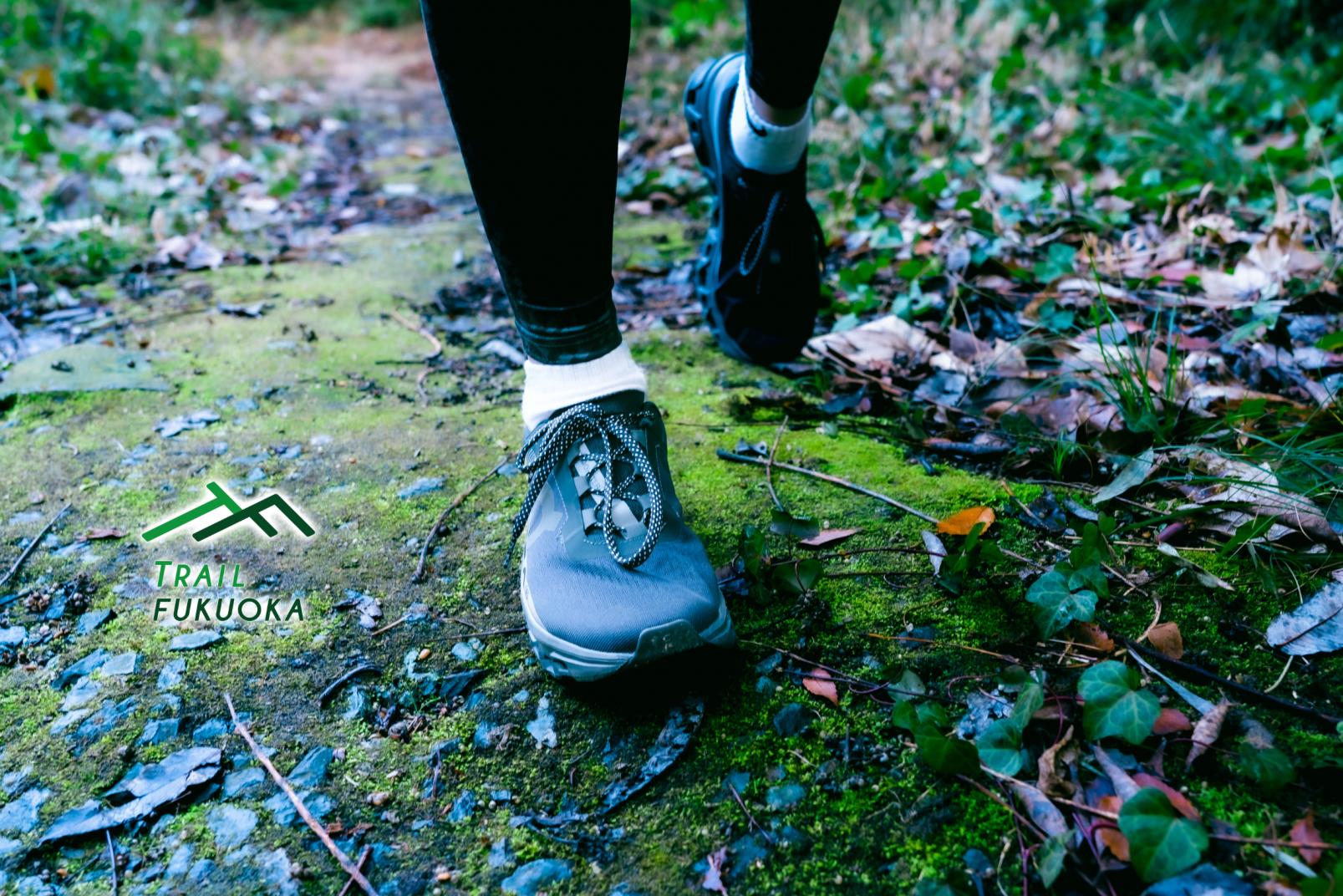
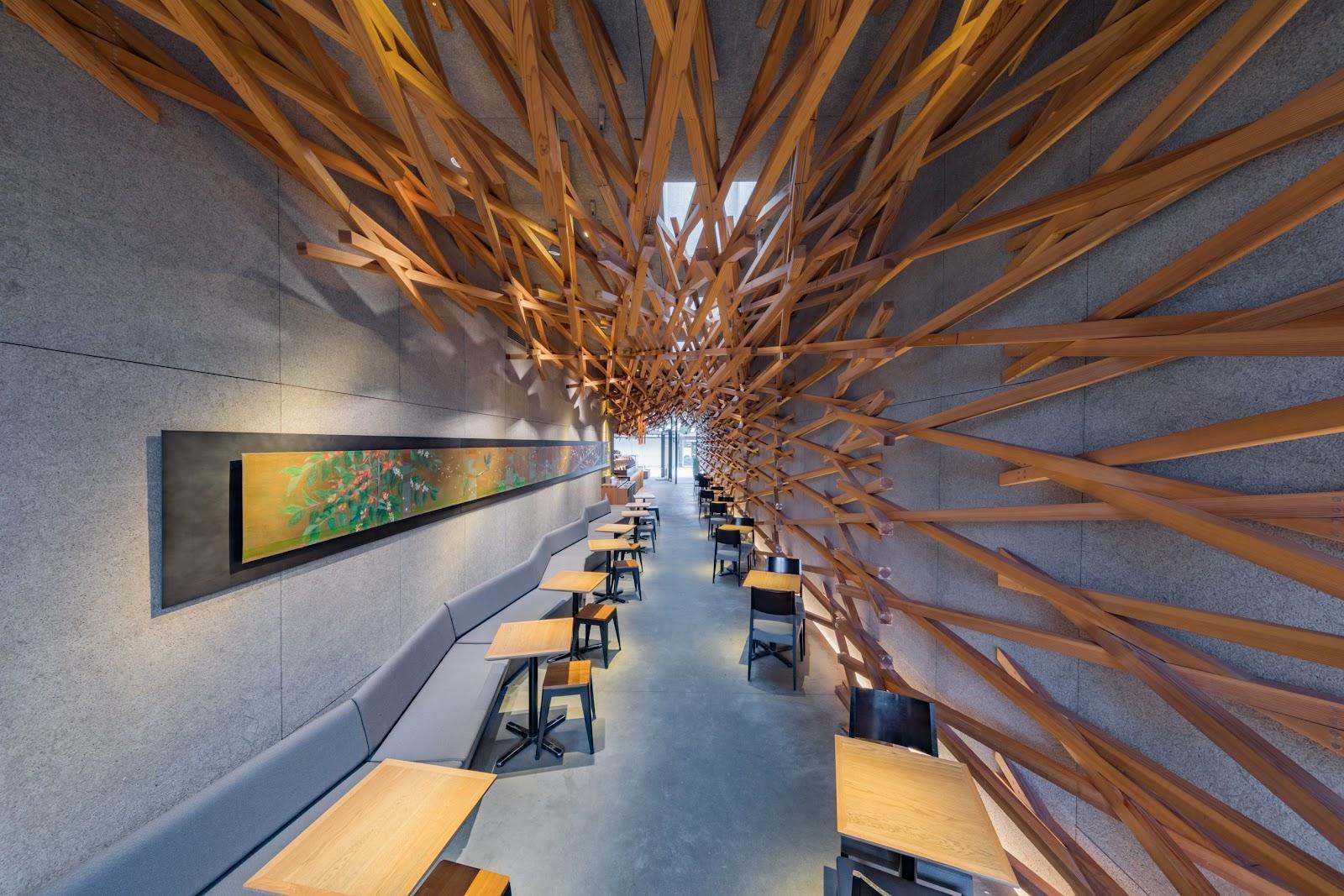
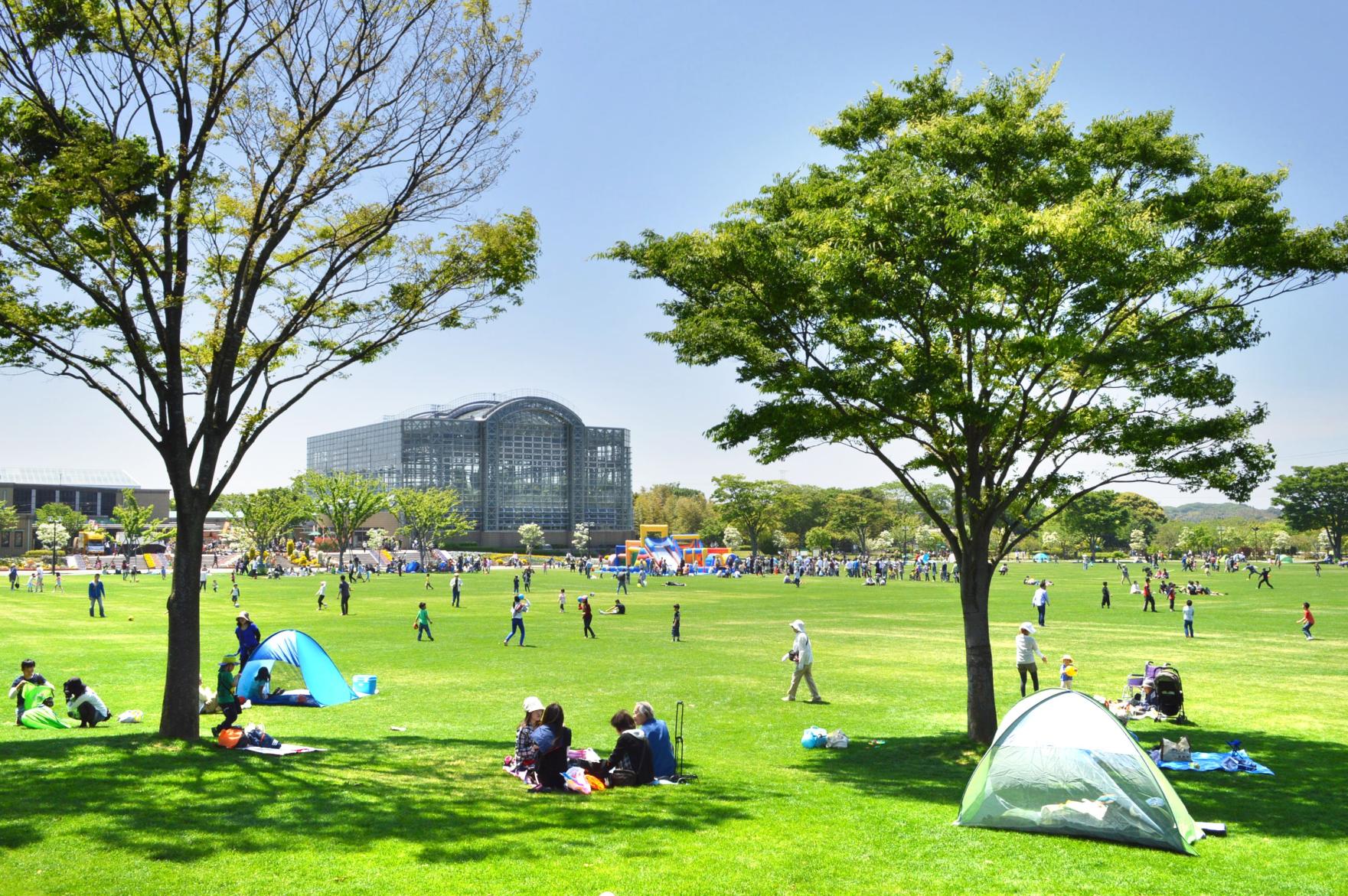
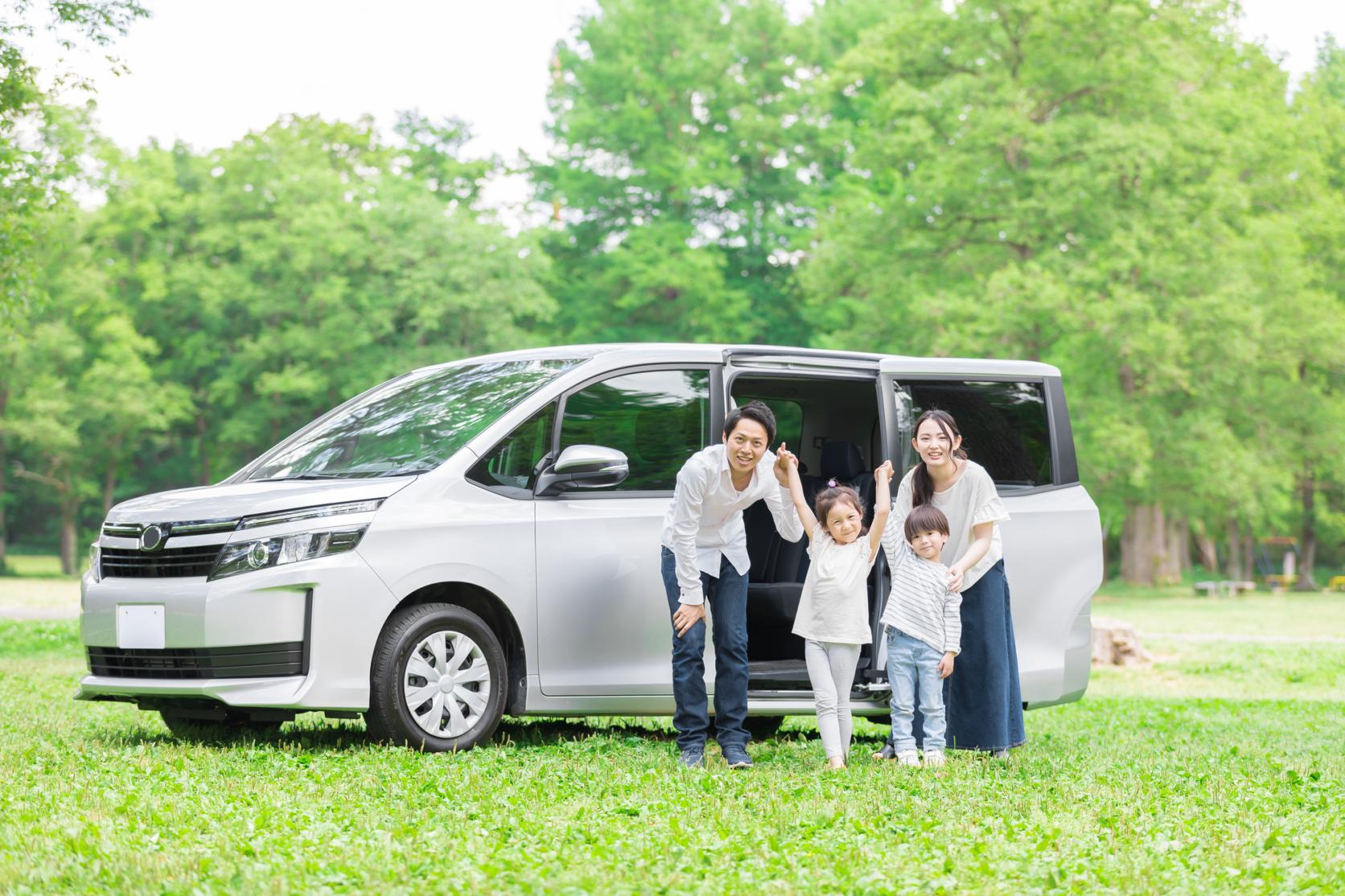
![[2024 Edition] The Best Places to See Cherry Blossoms in Fukuoka-1](https://www.crossroadfukuoka.jp/storage/special_features/38/responsive_images/q0hE9tjduBiHqz9D4hlPG9Rx4qnsyGjp3aFupoG1__1673_1115.jpg)